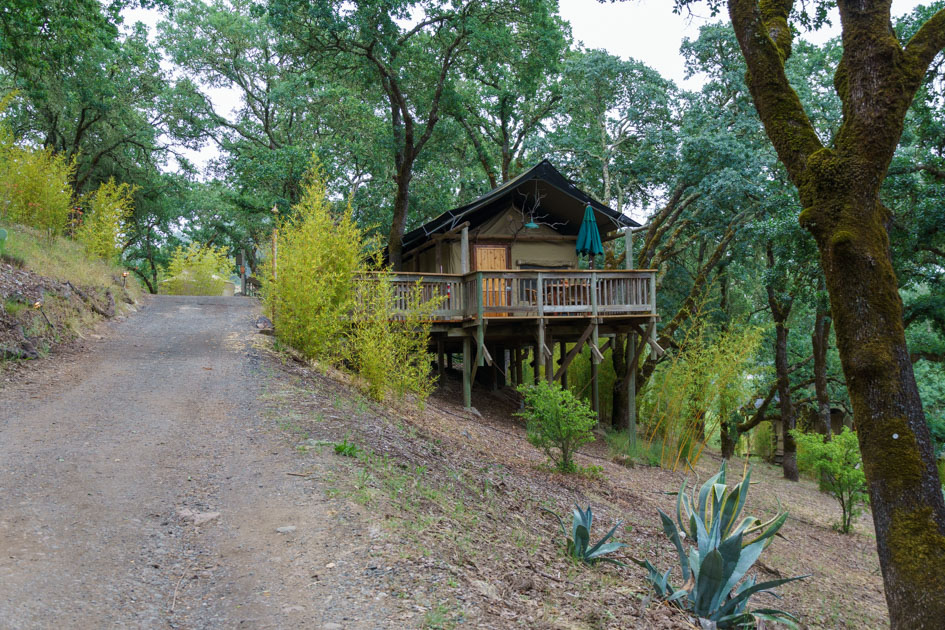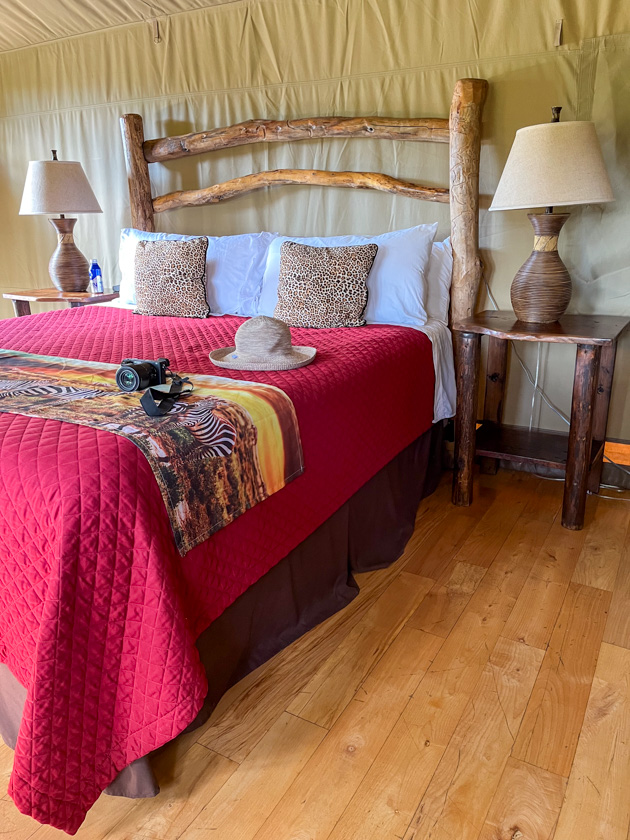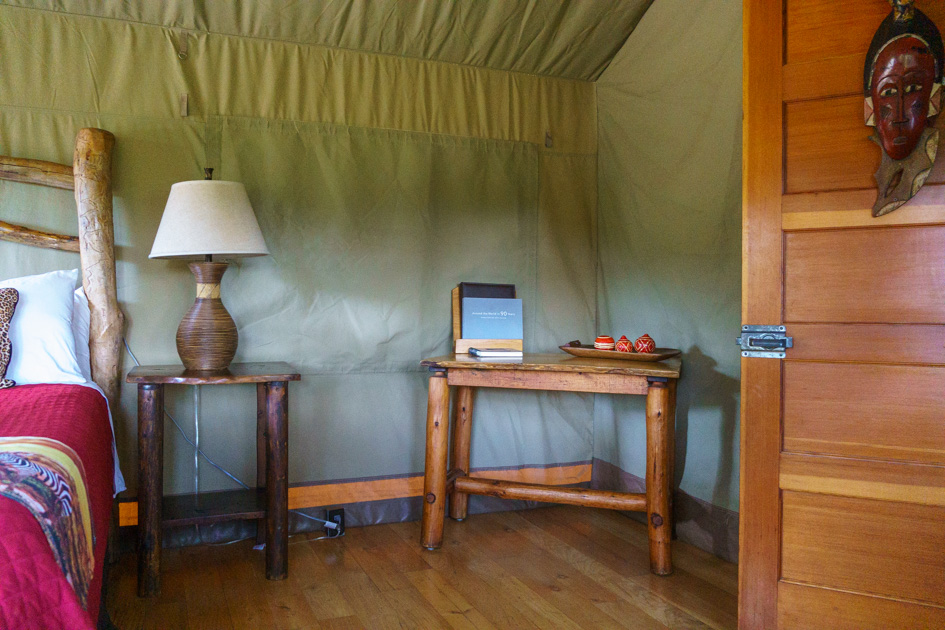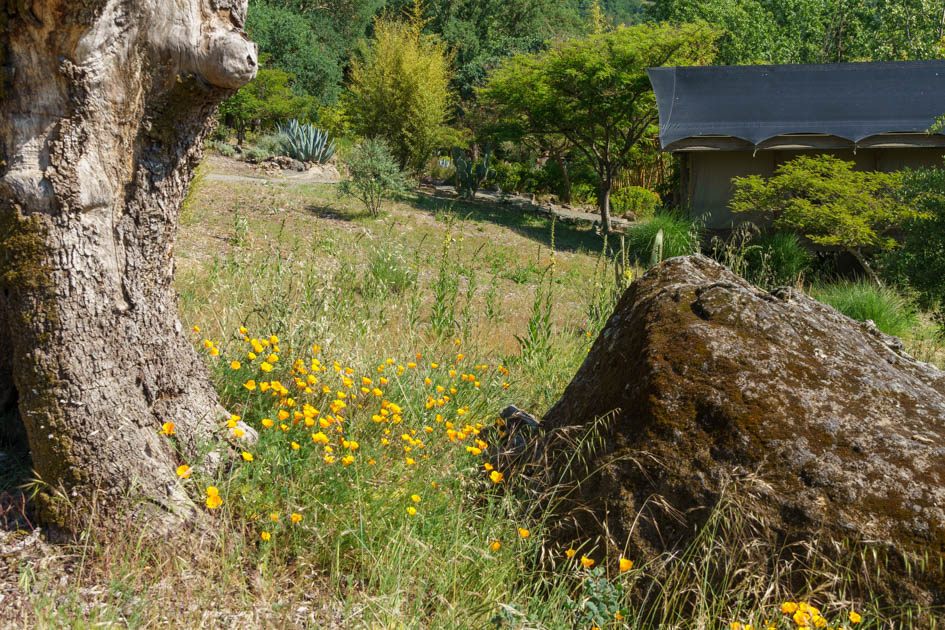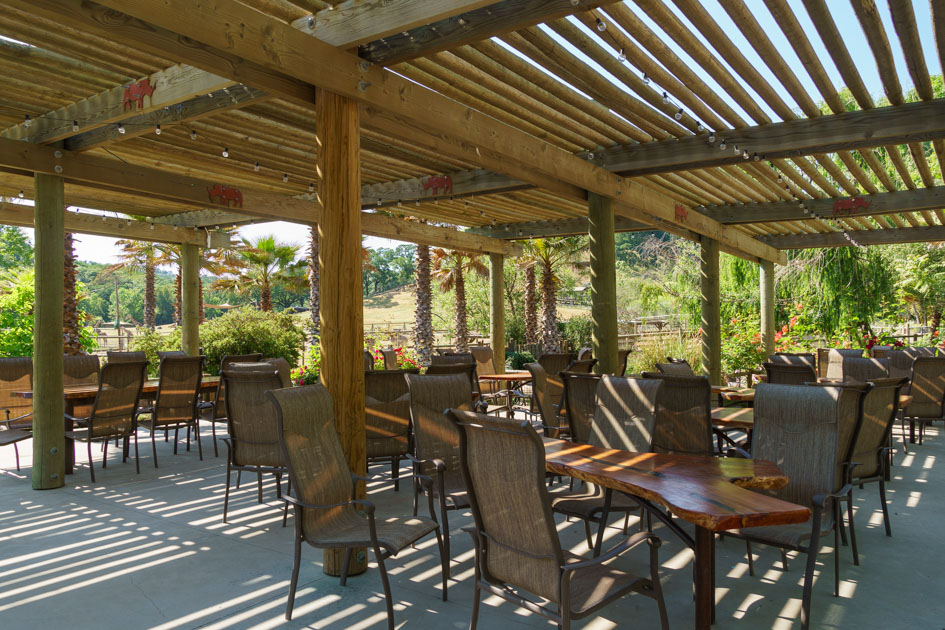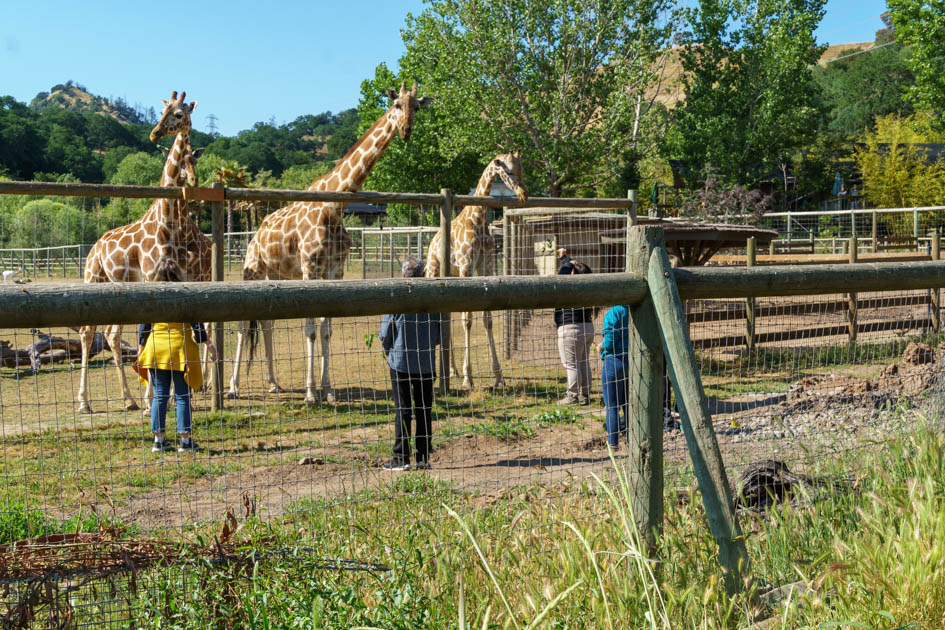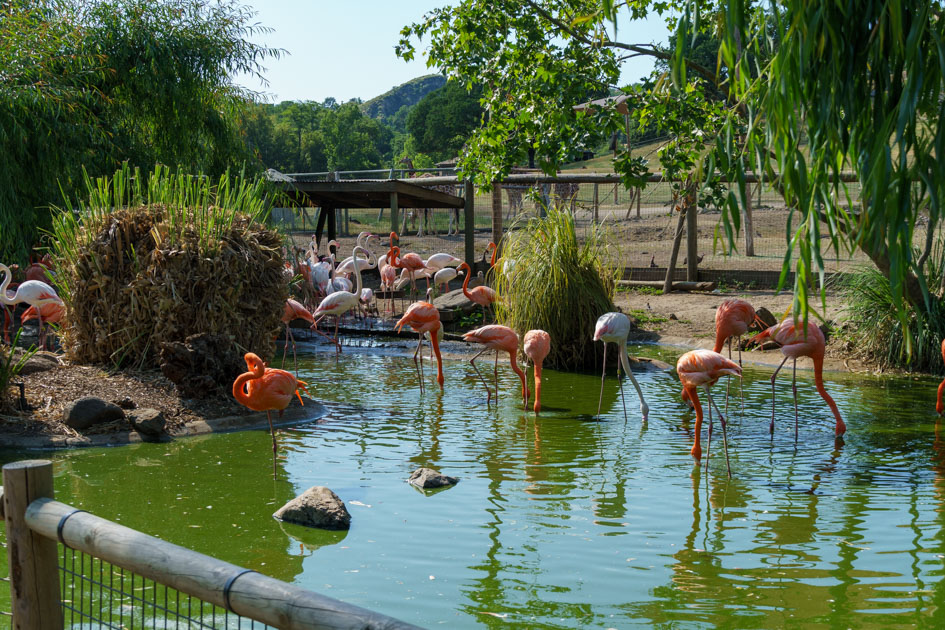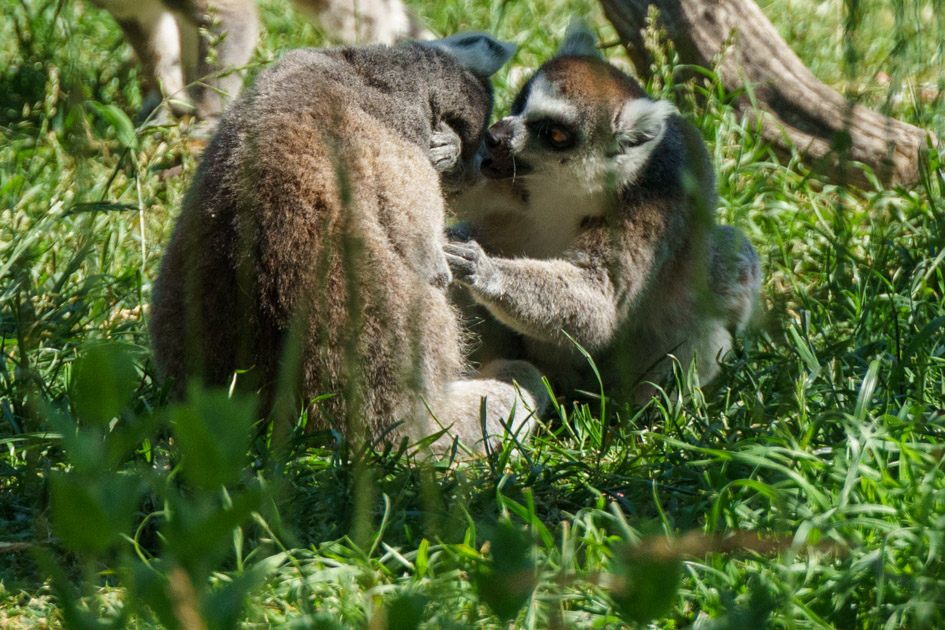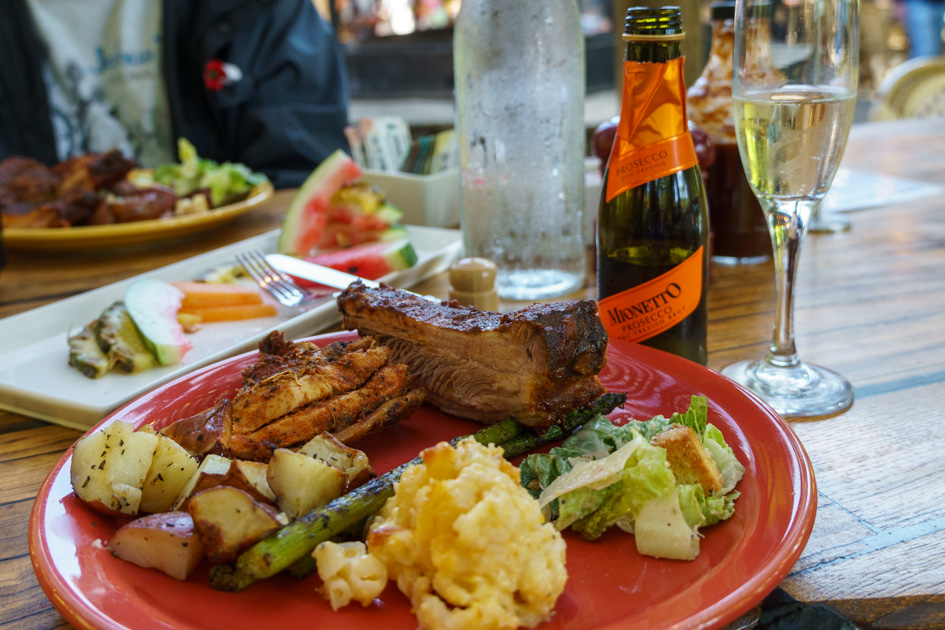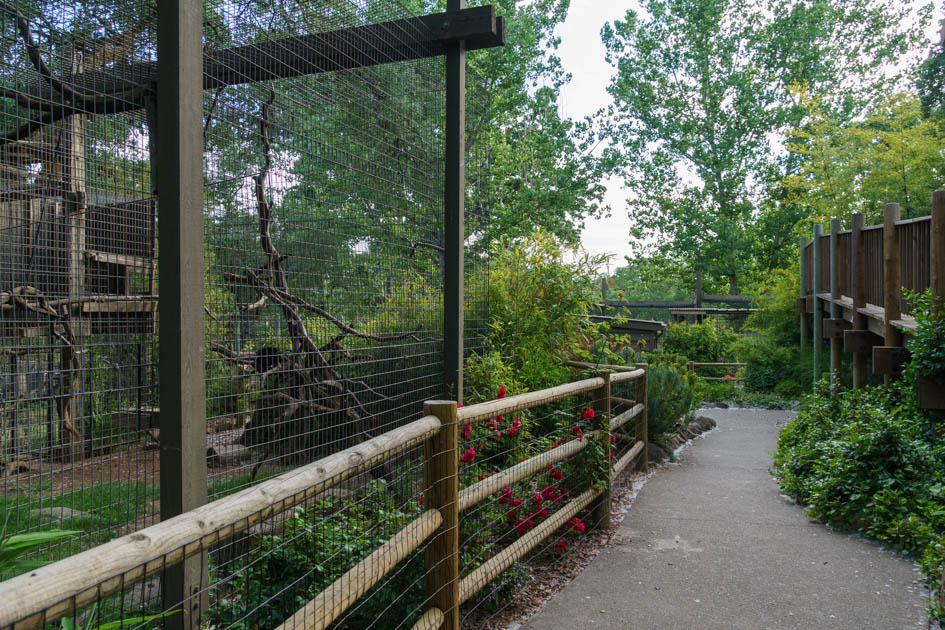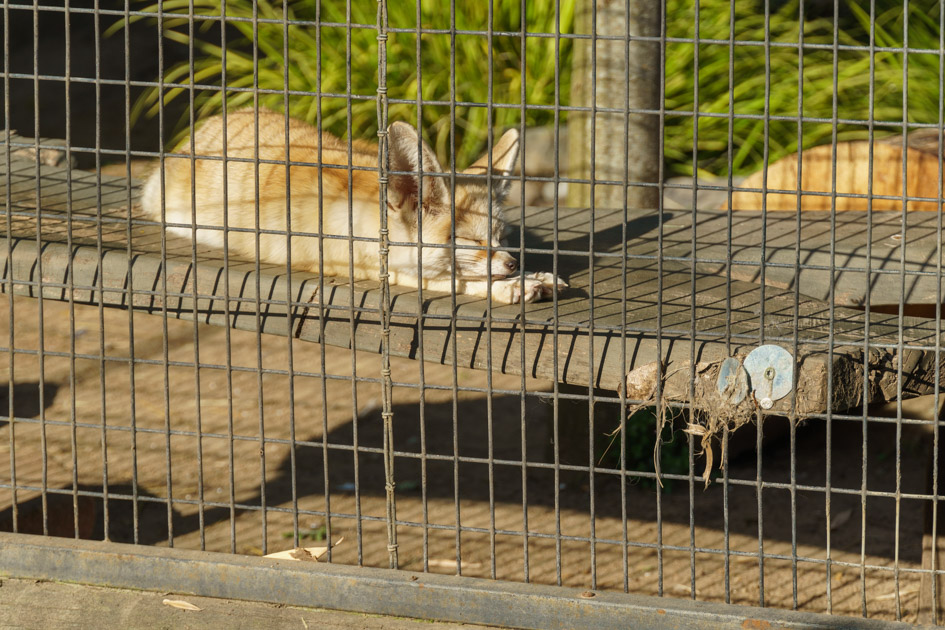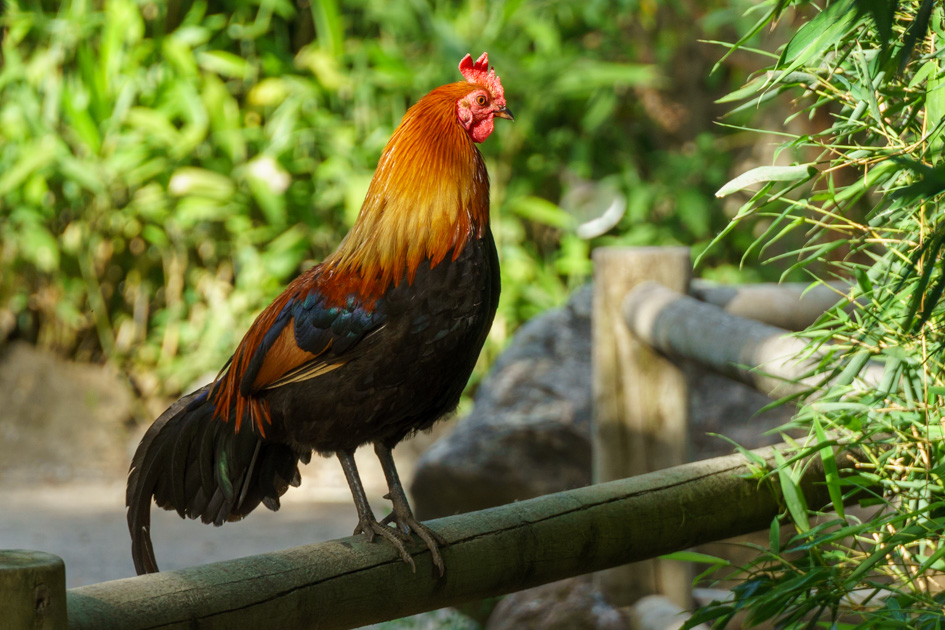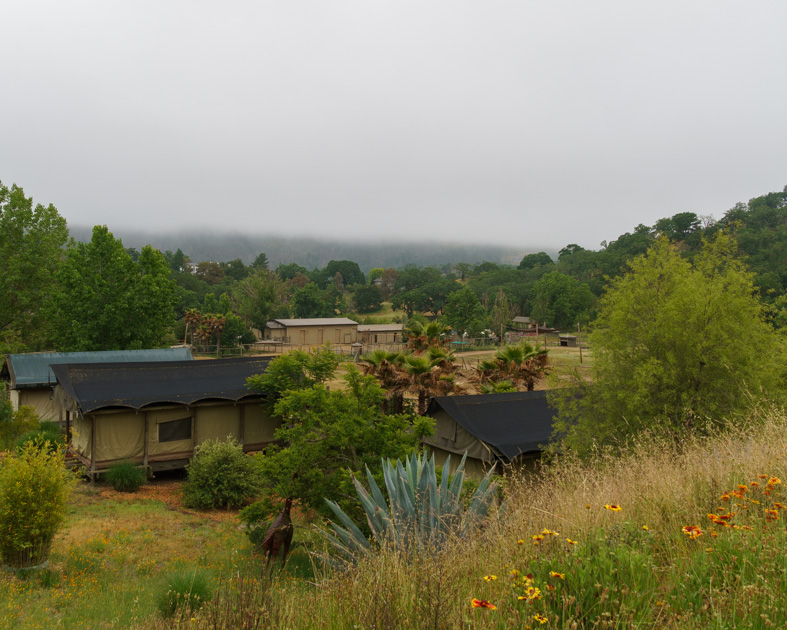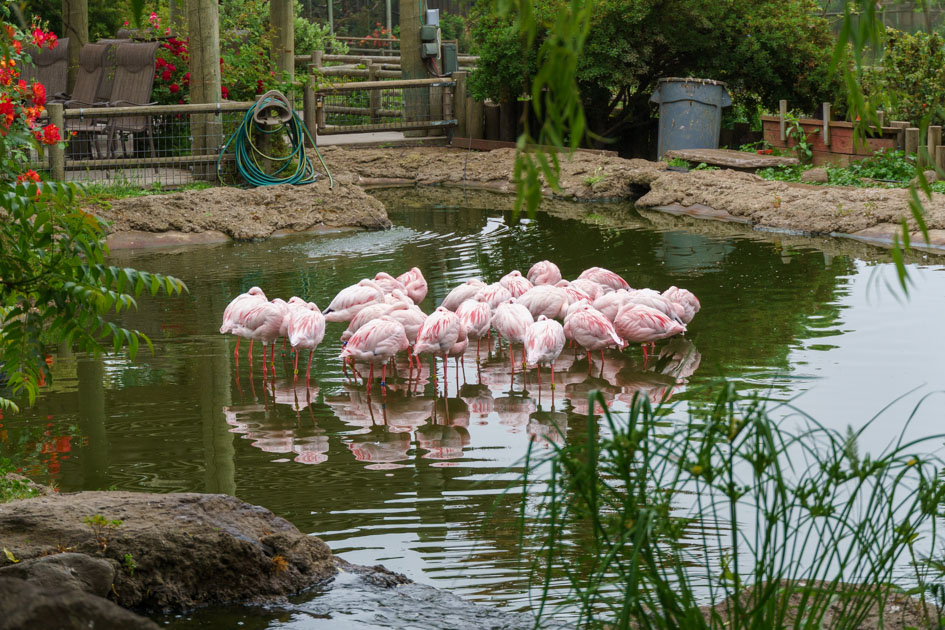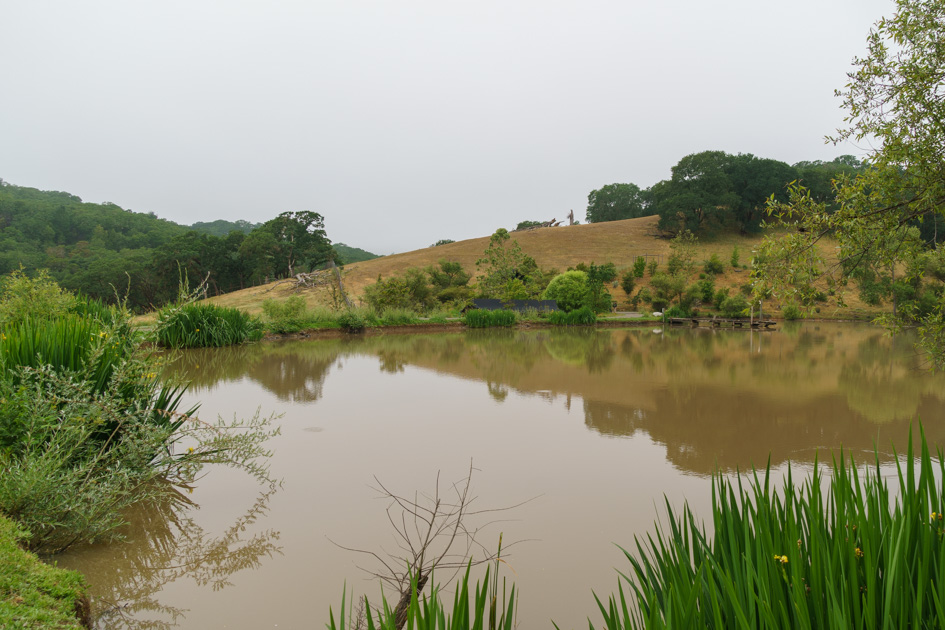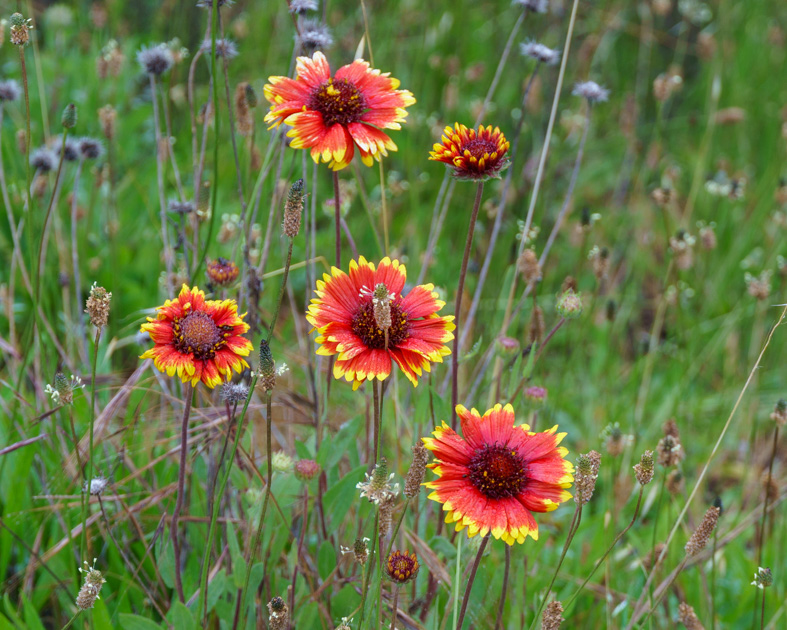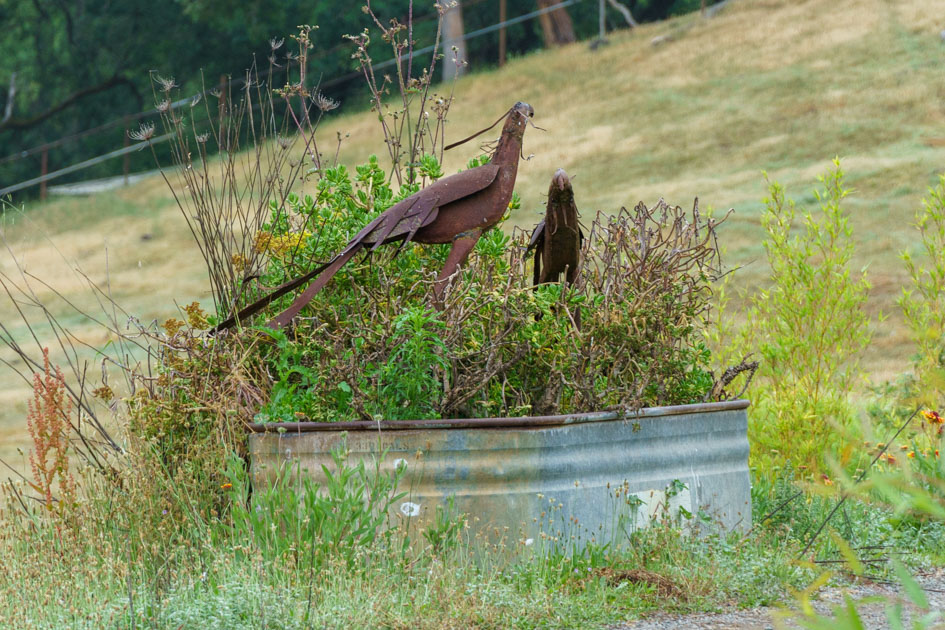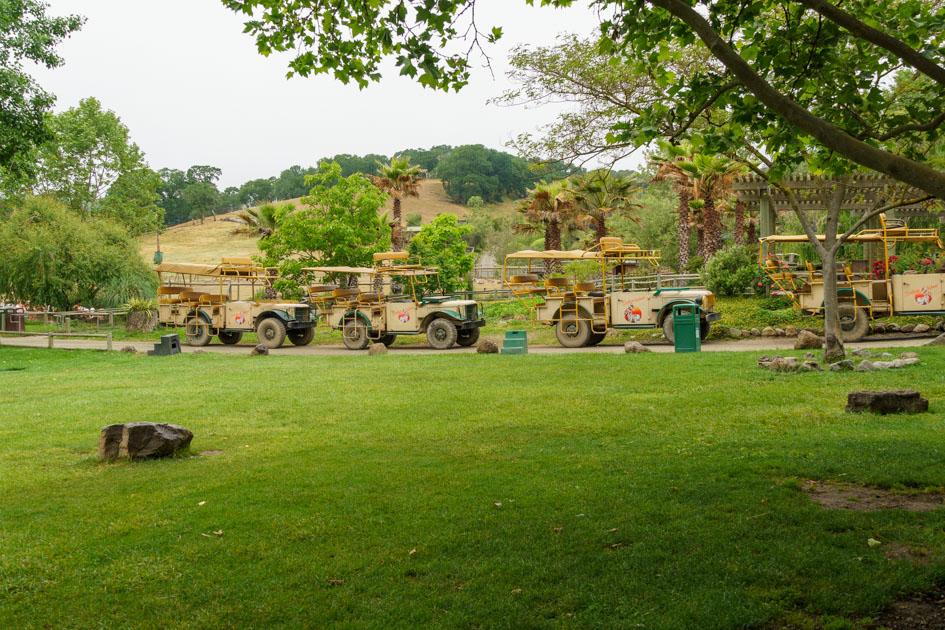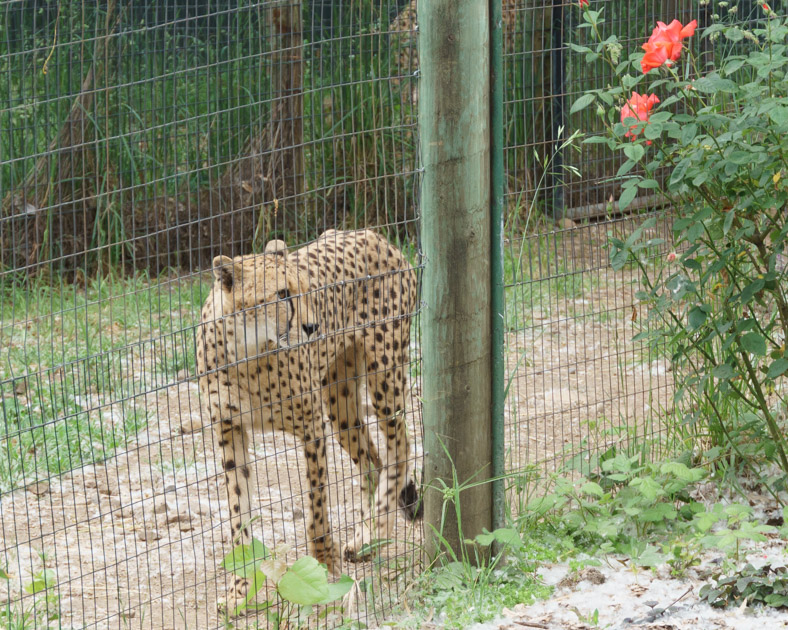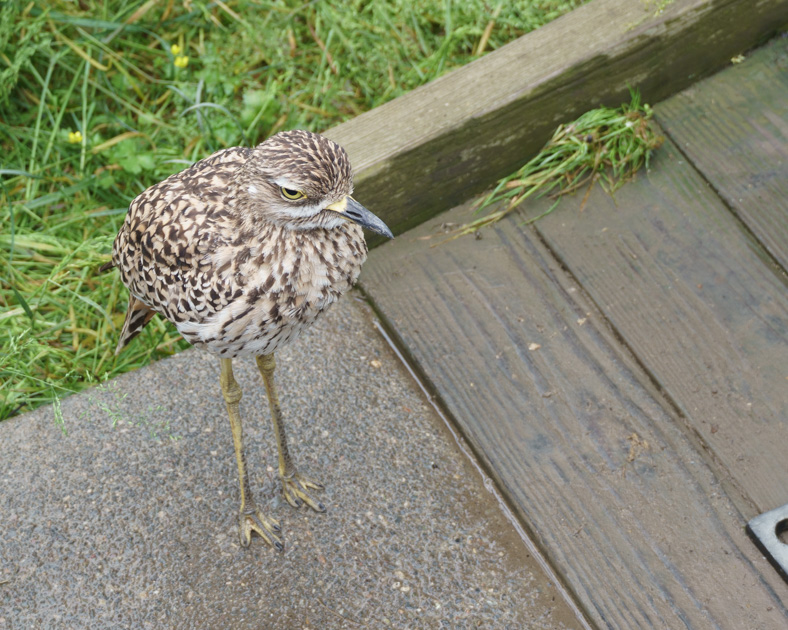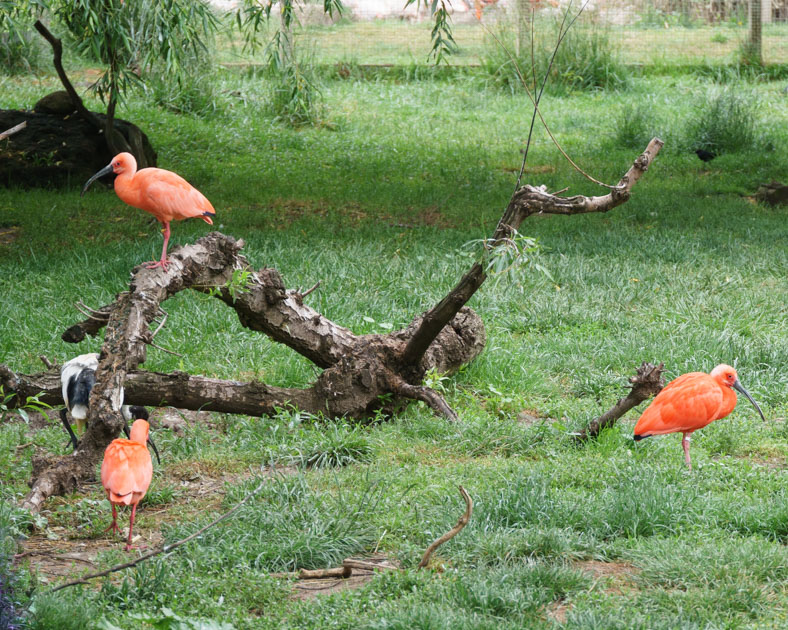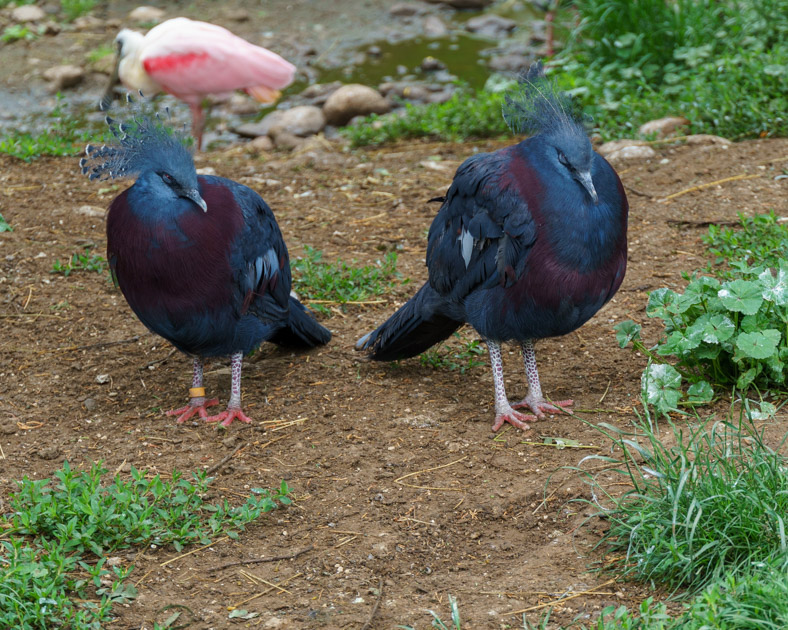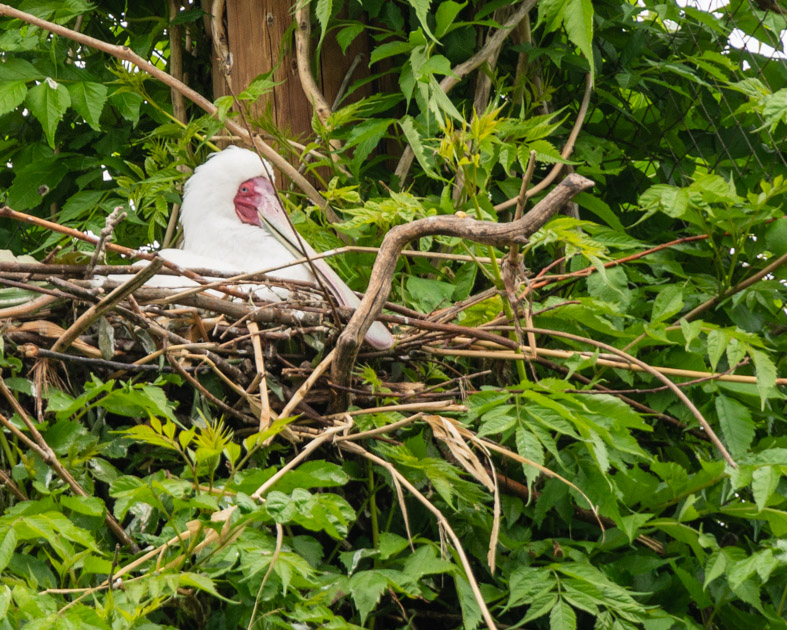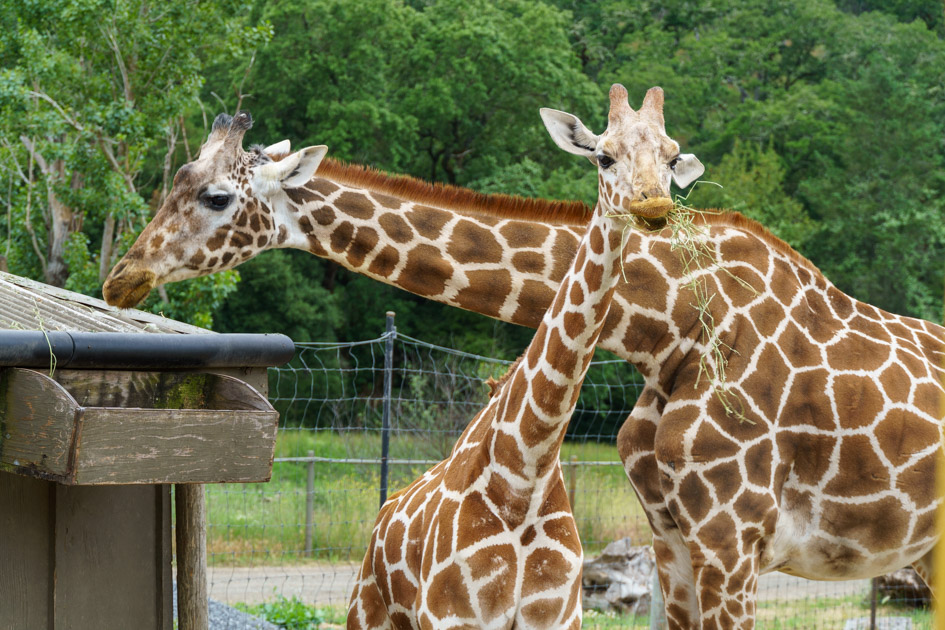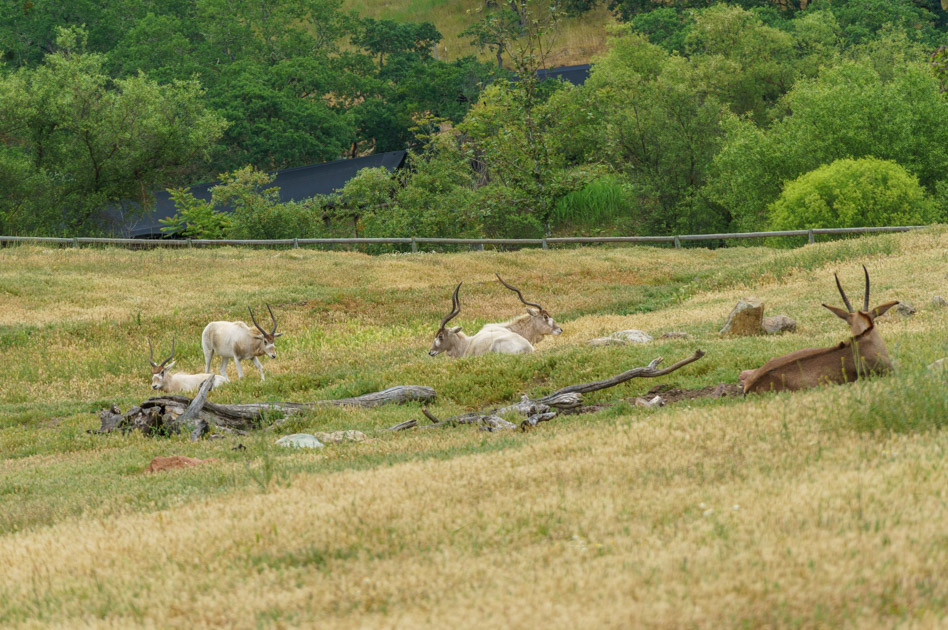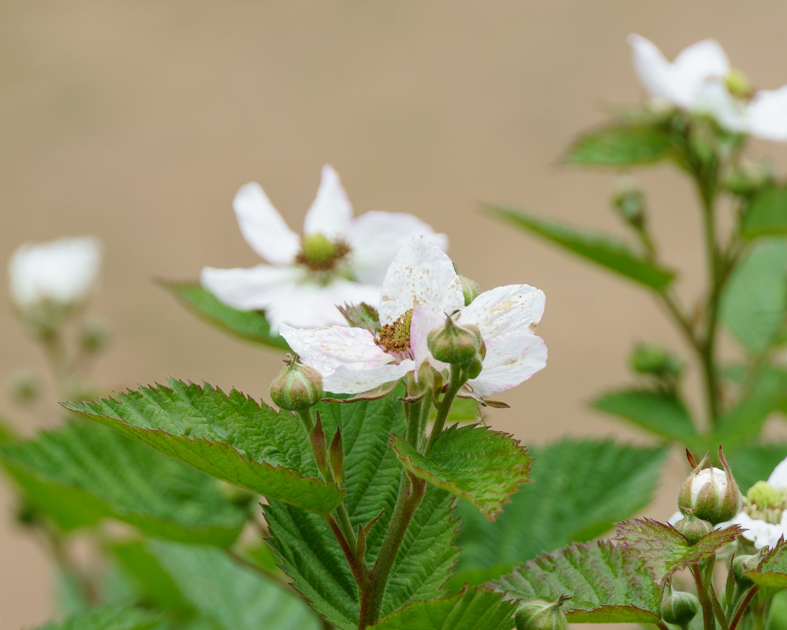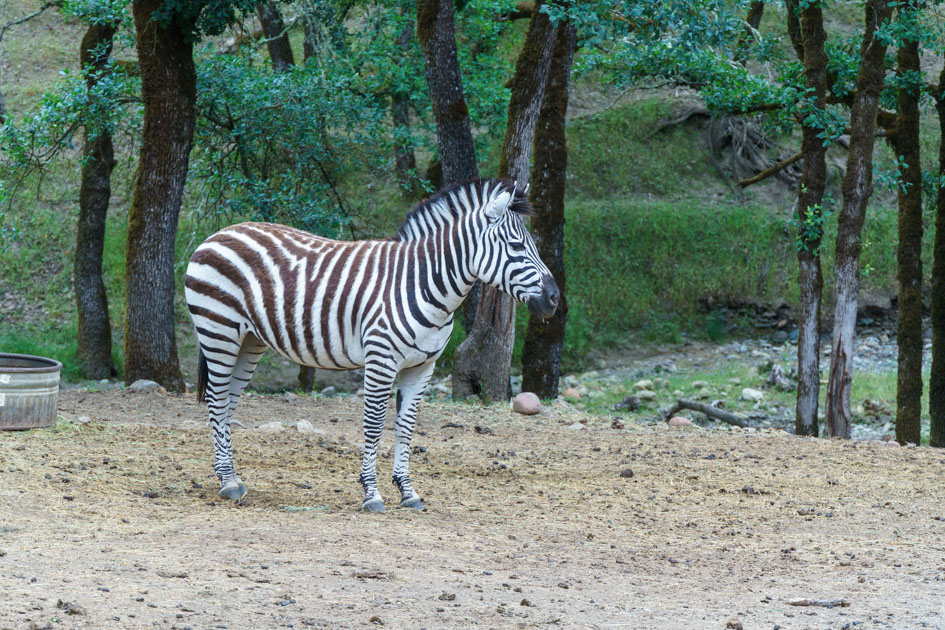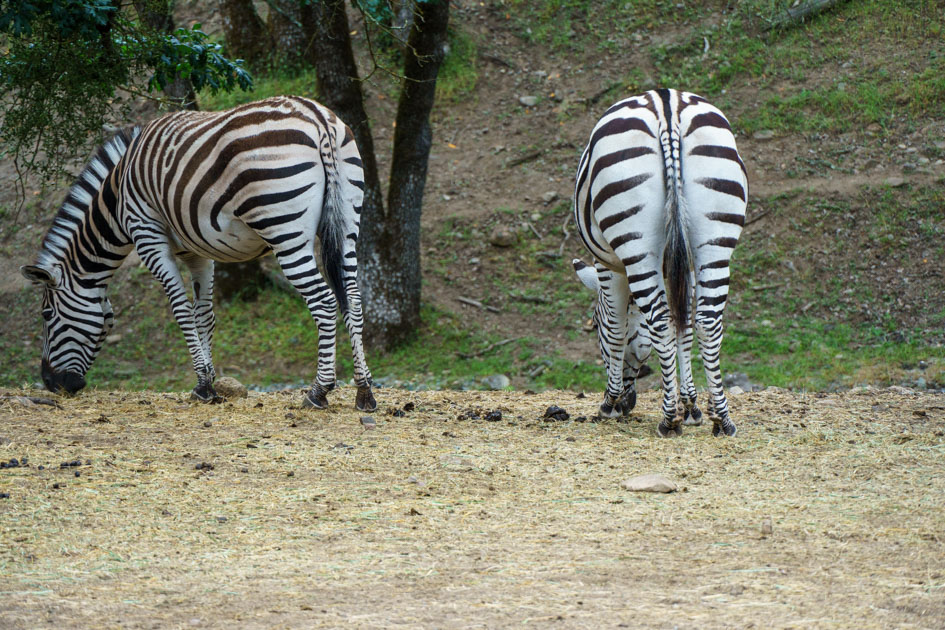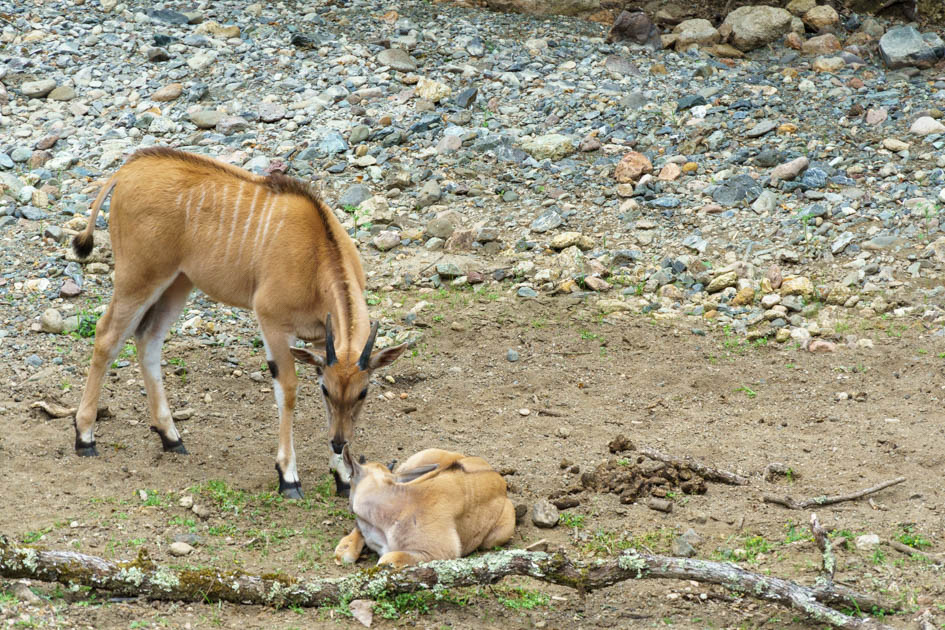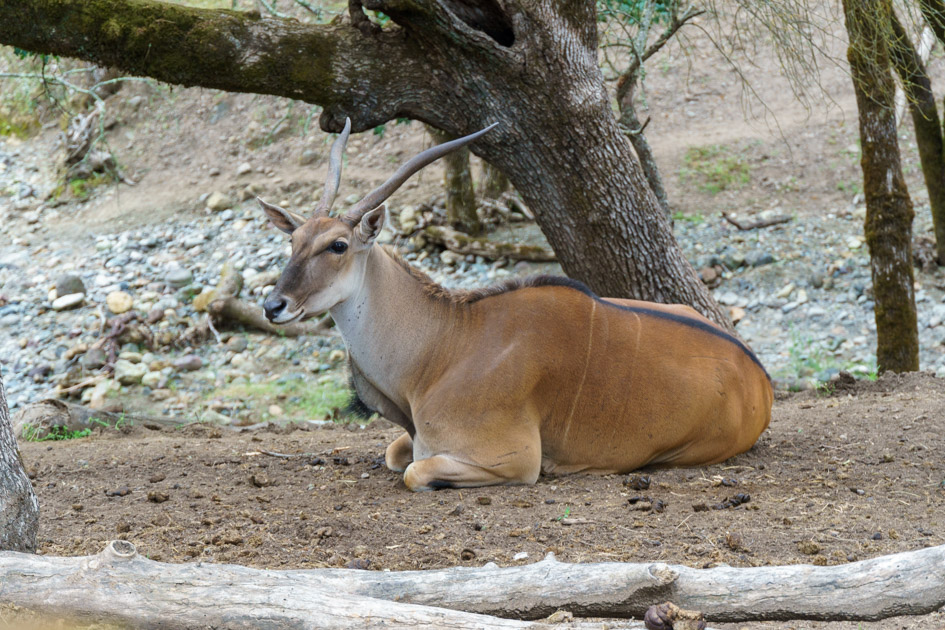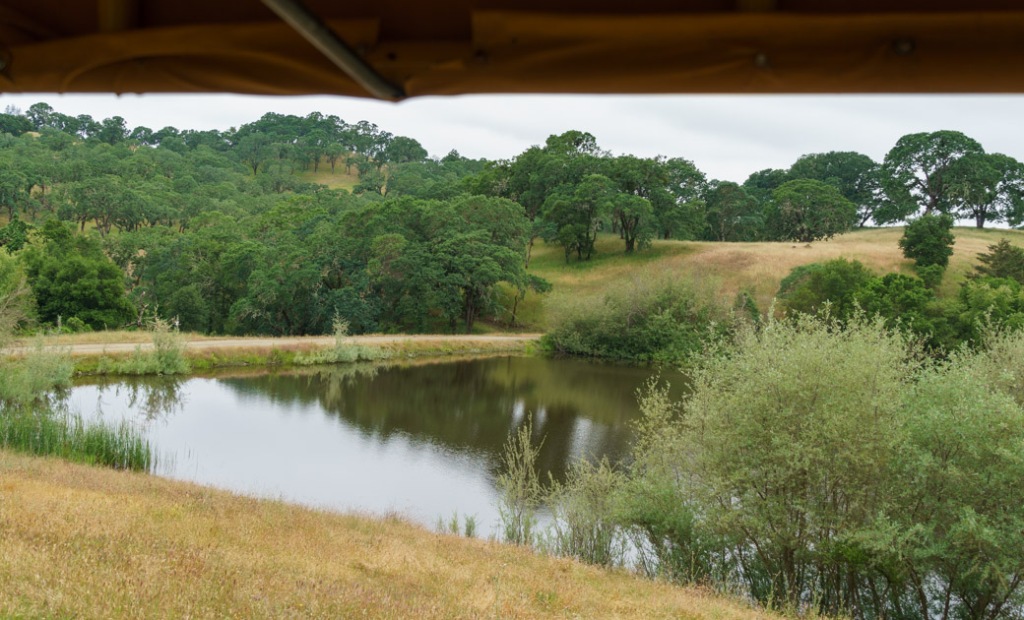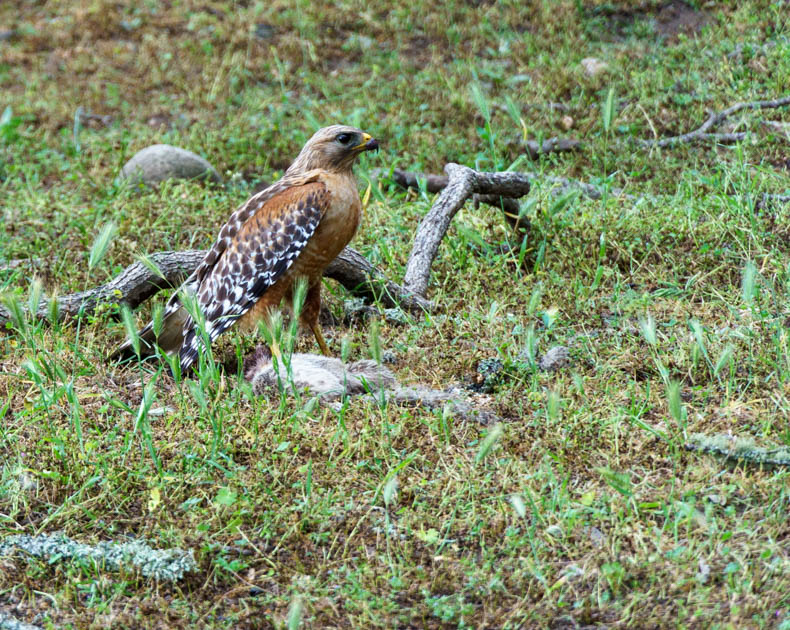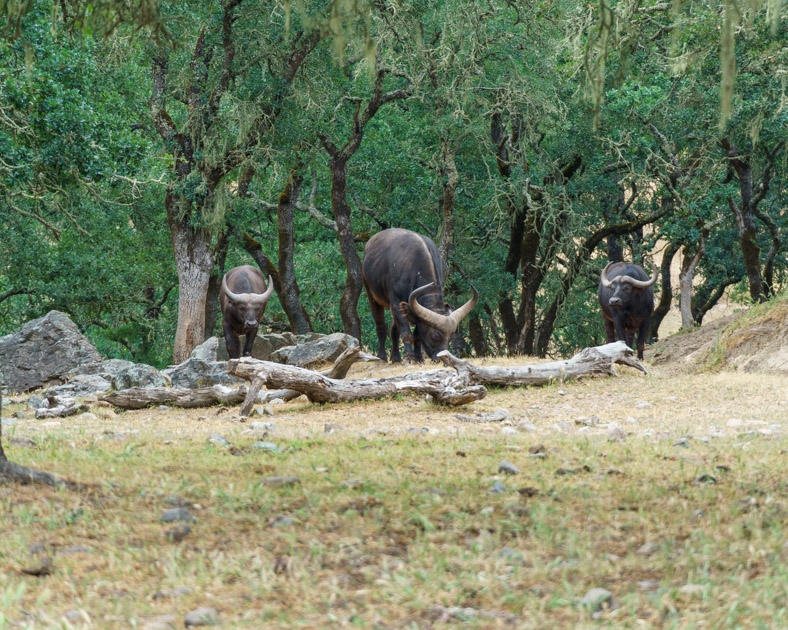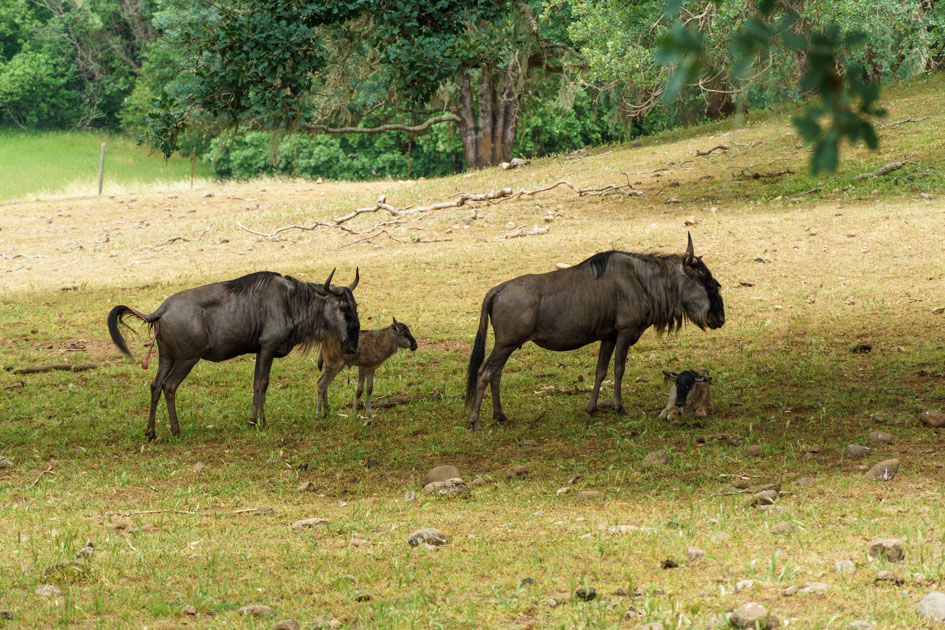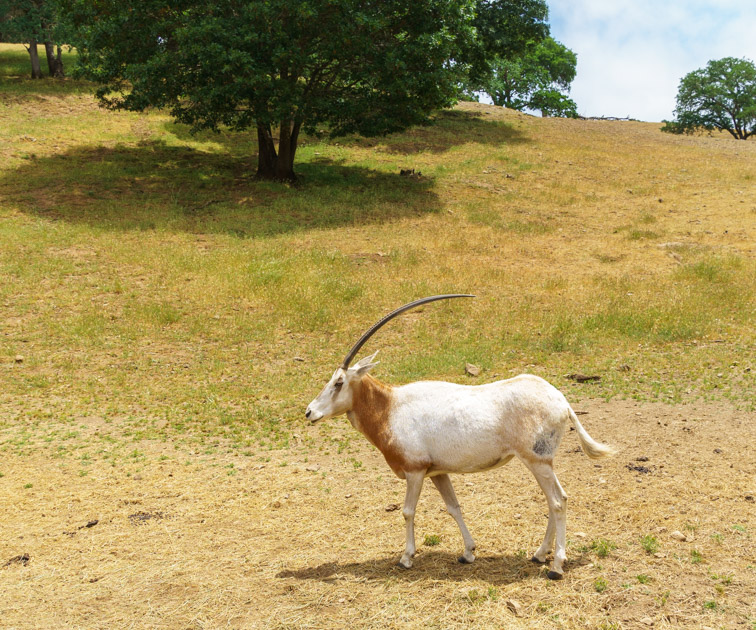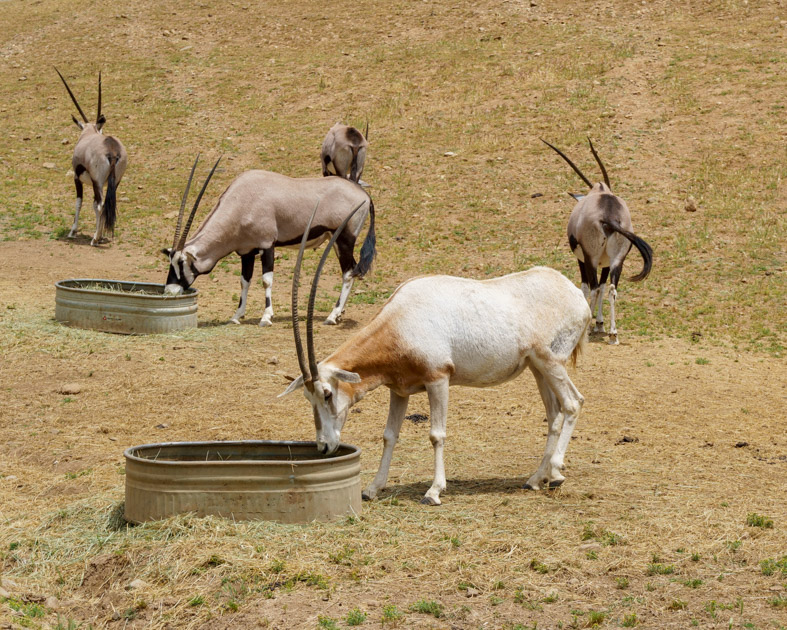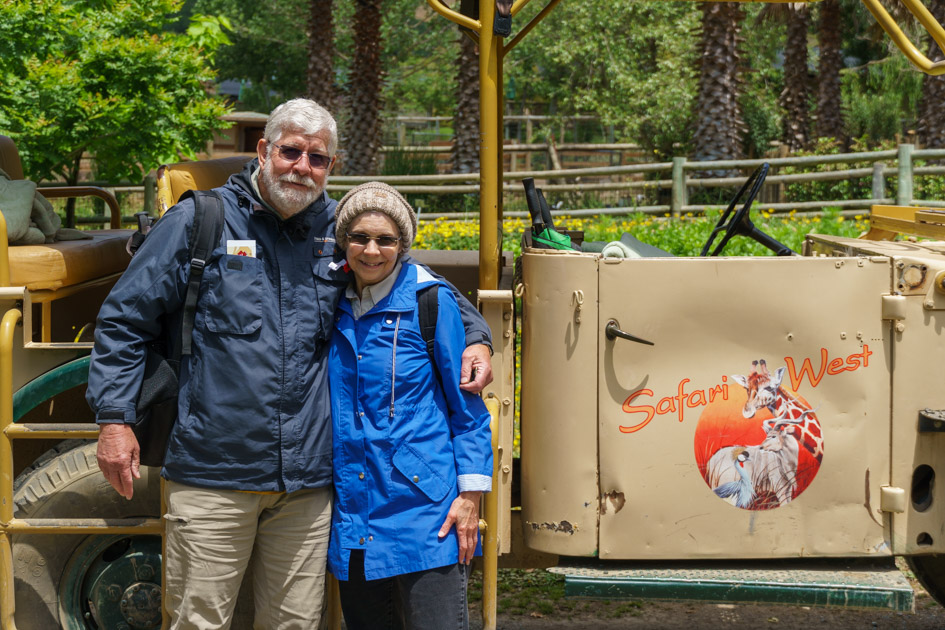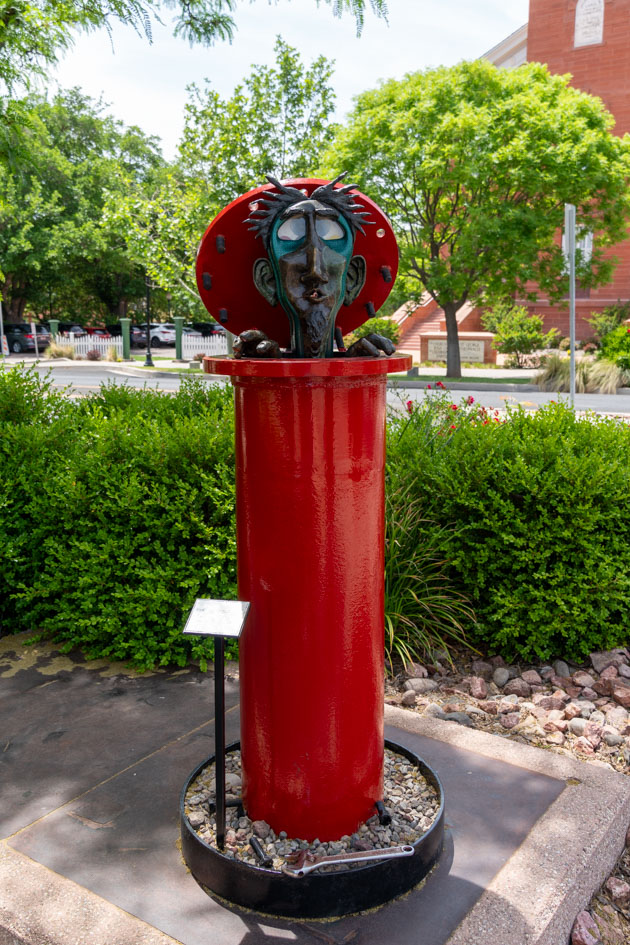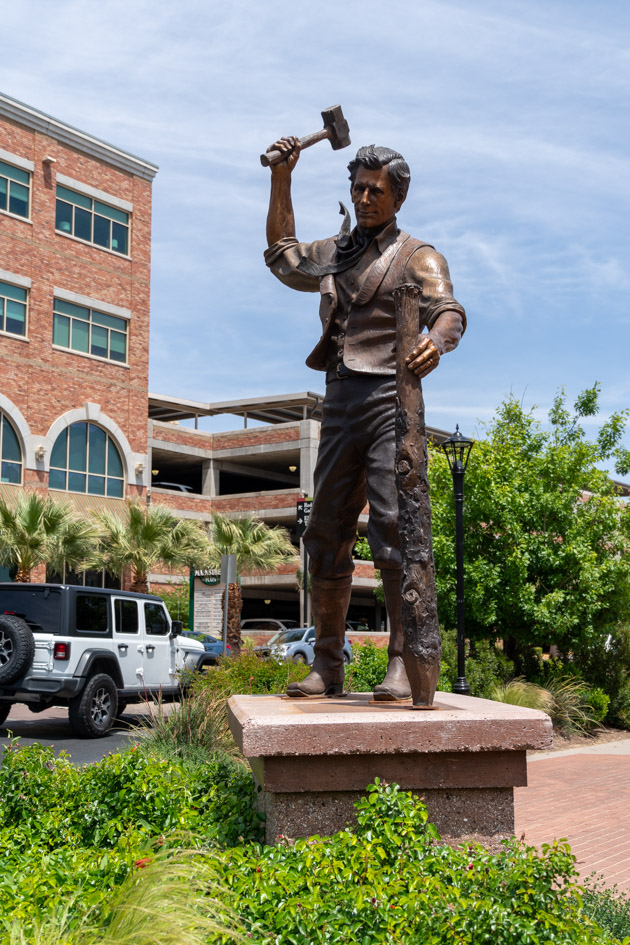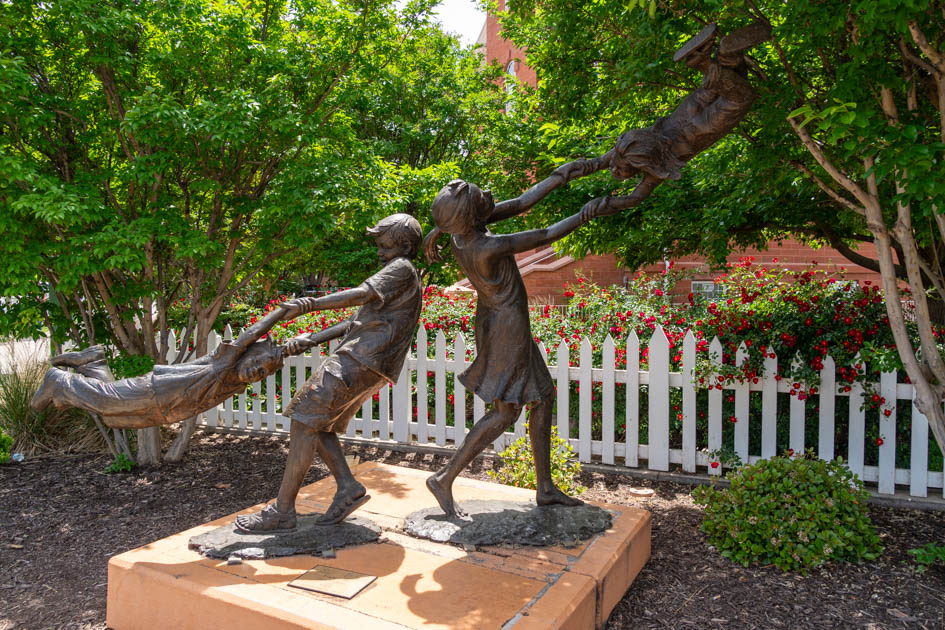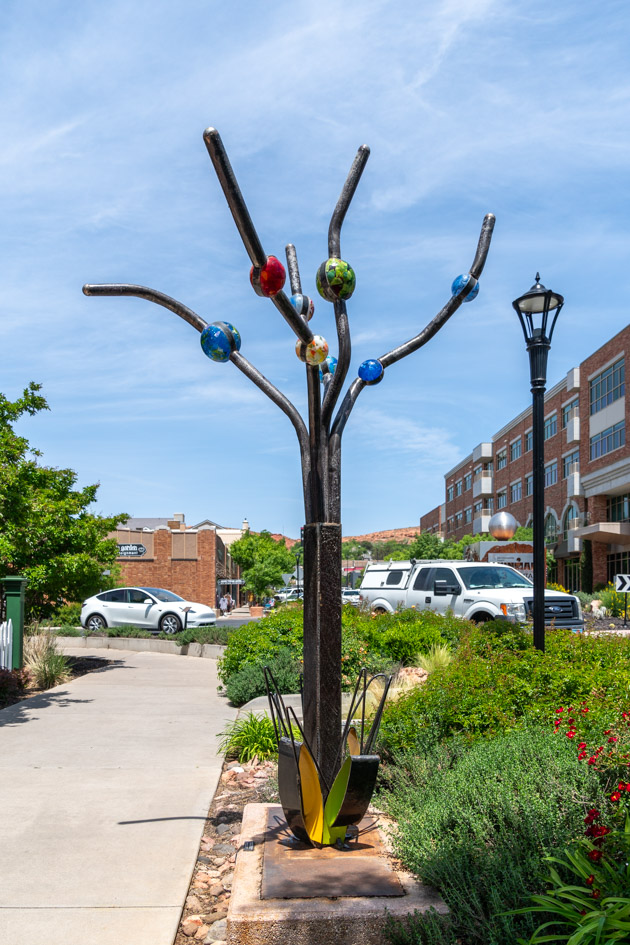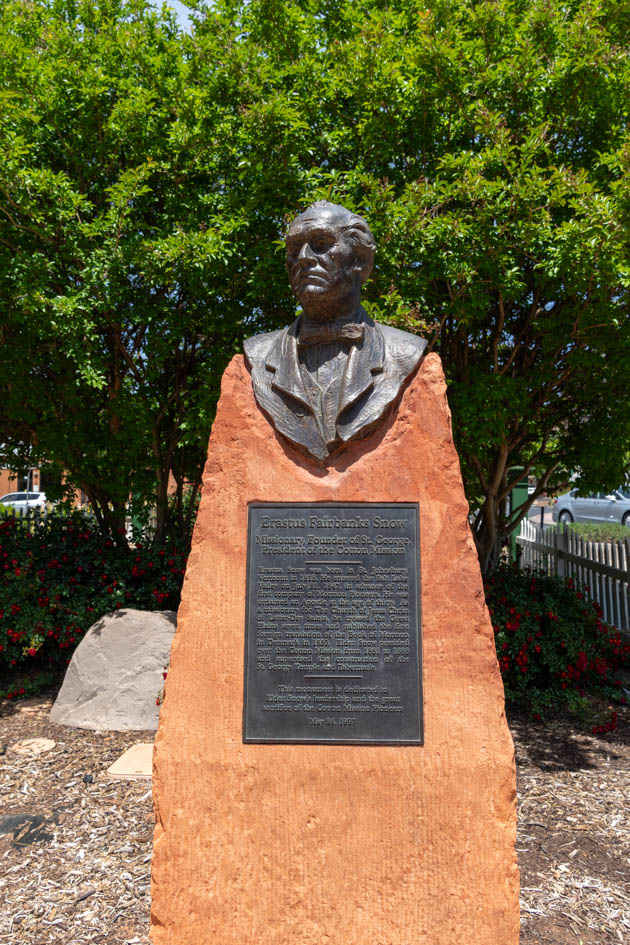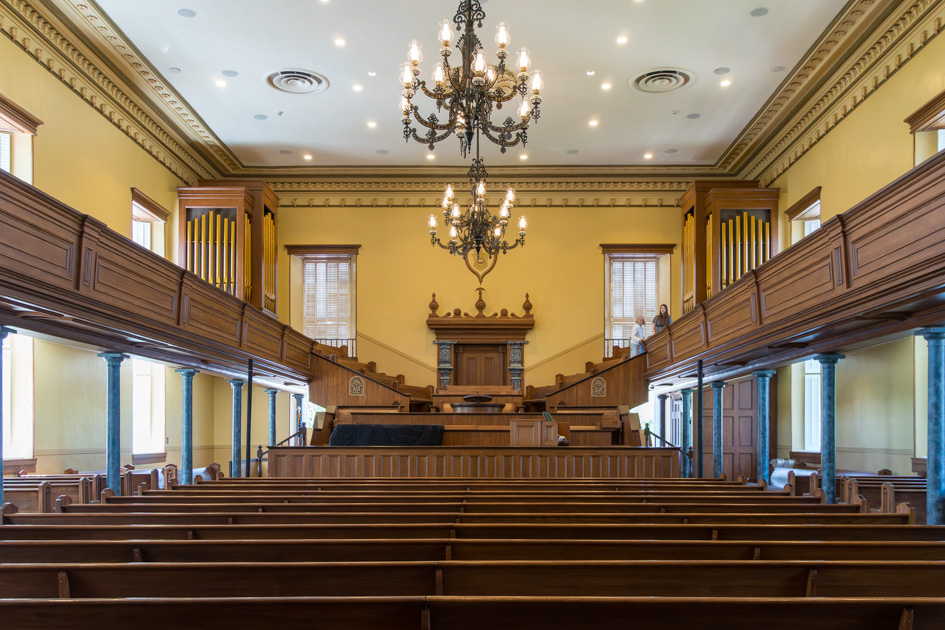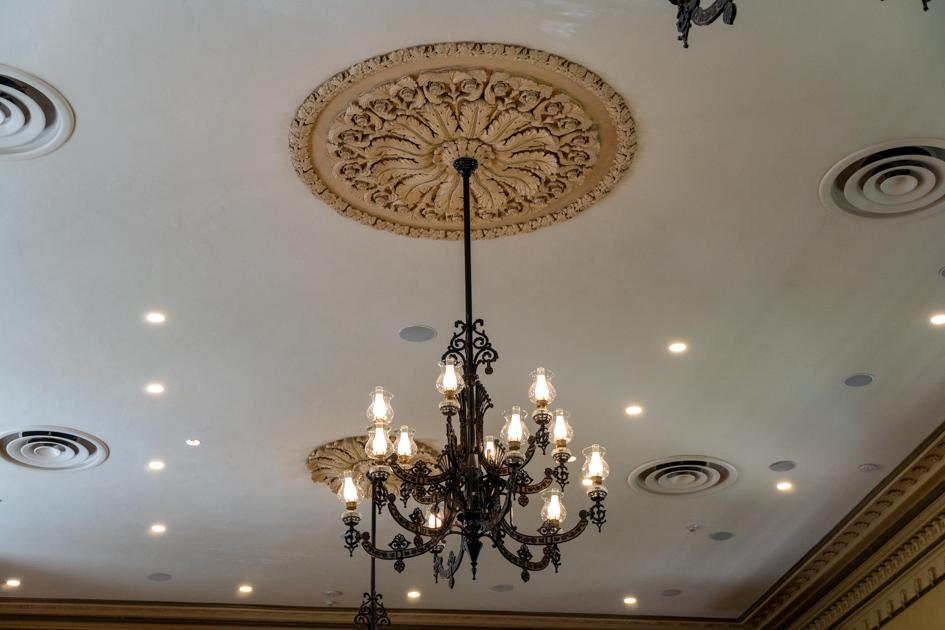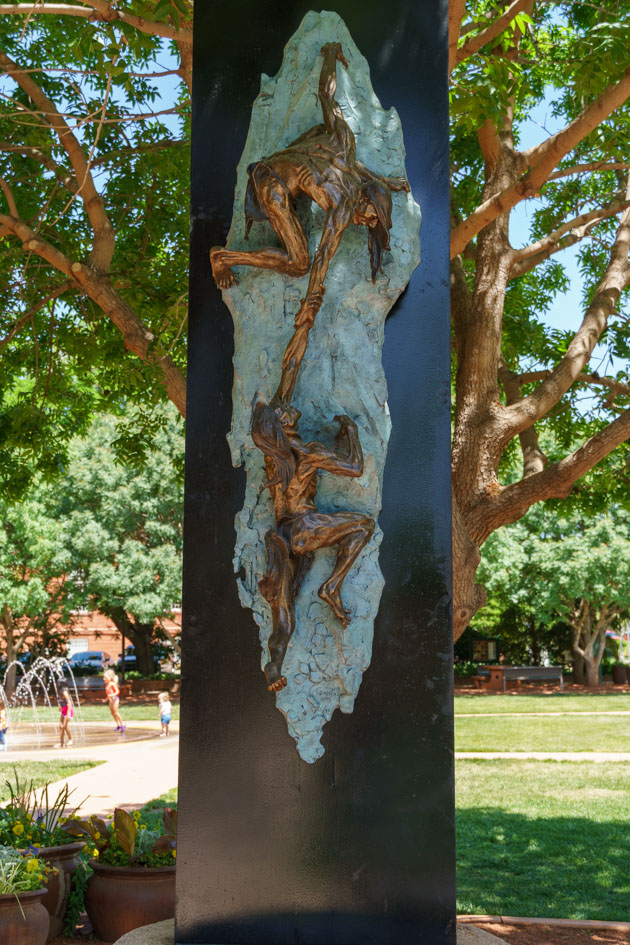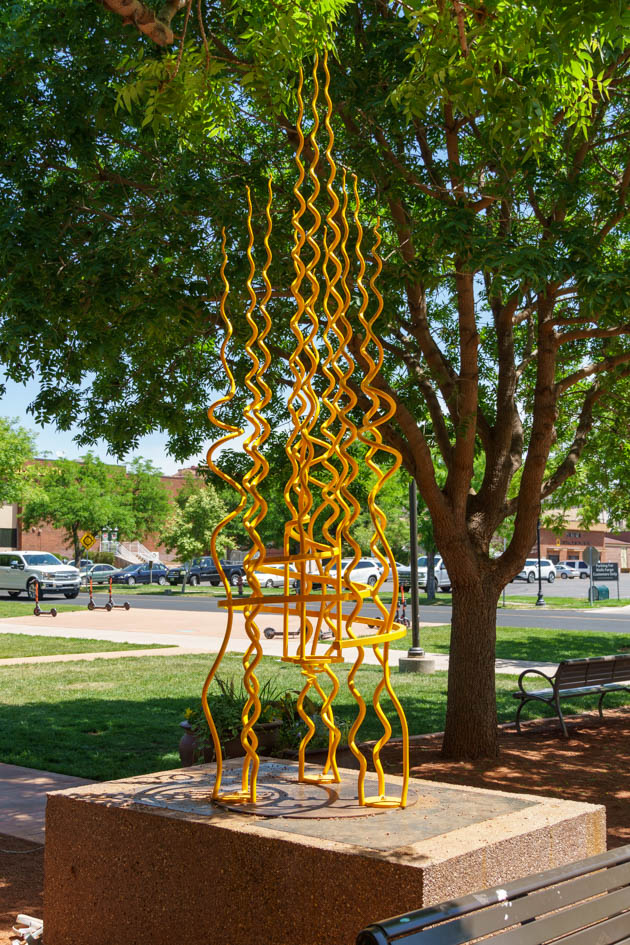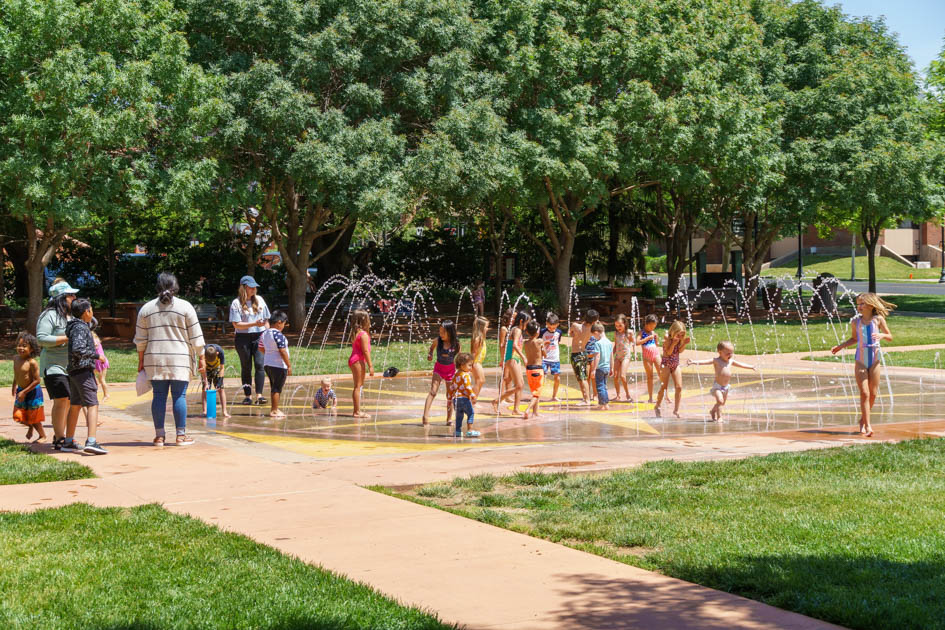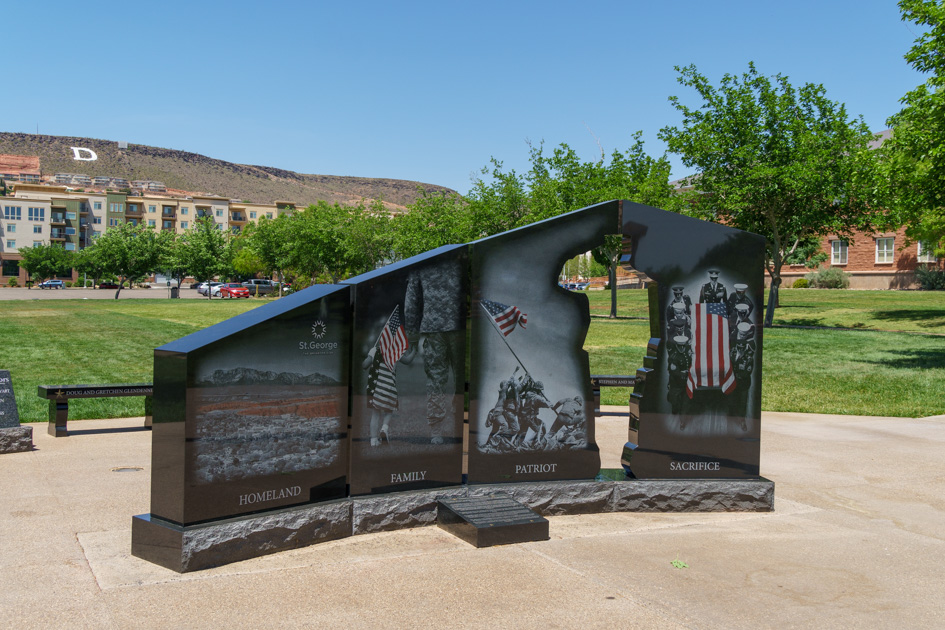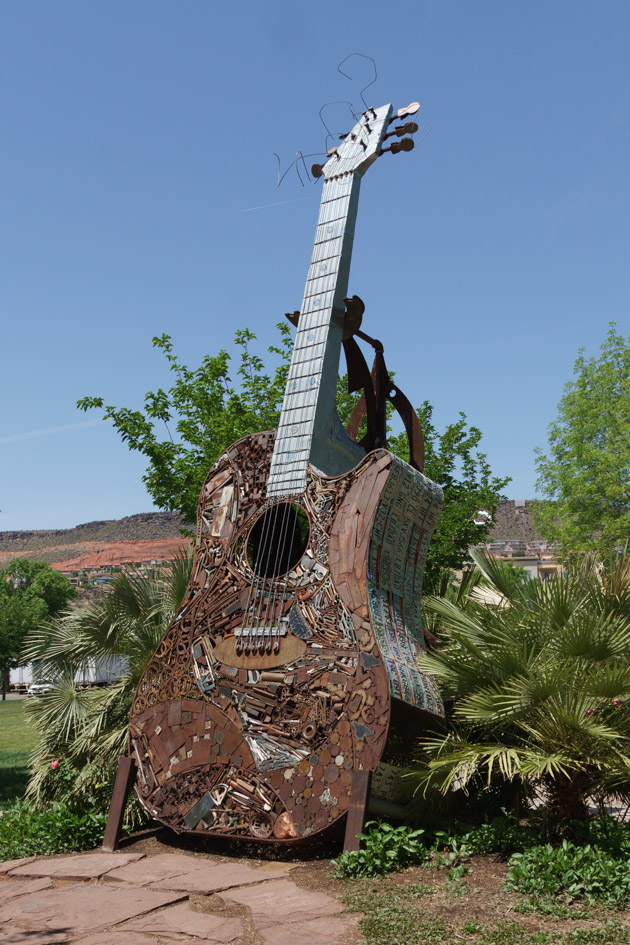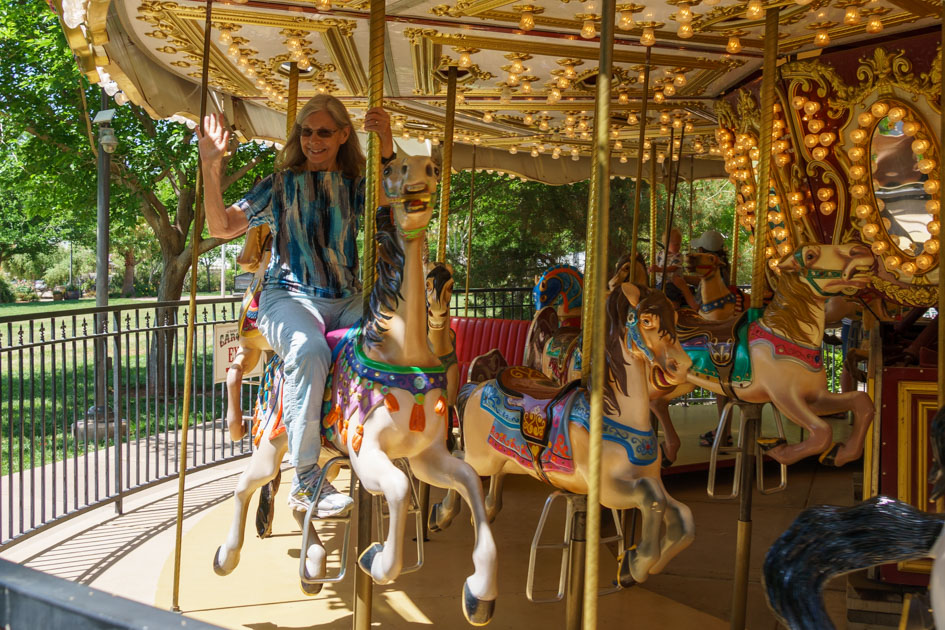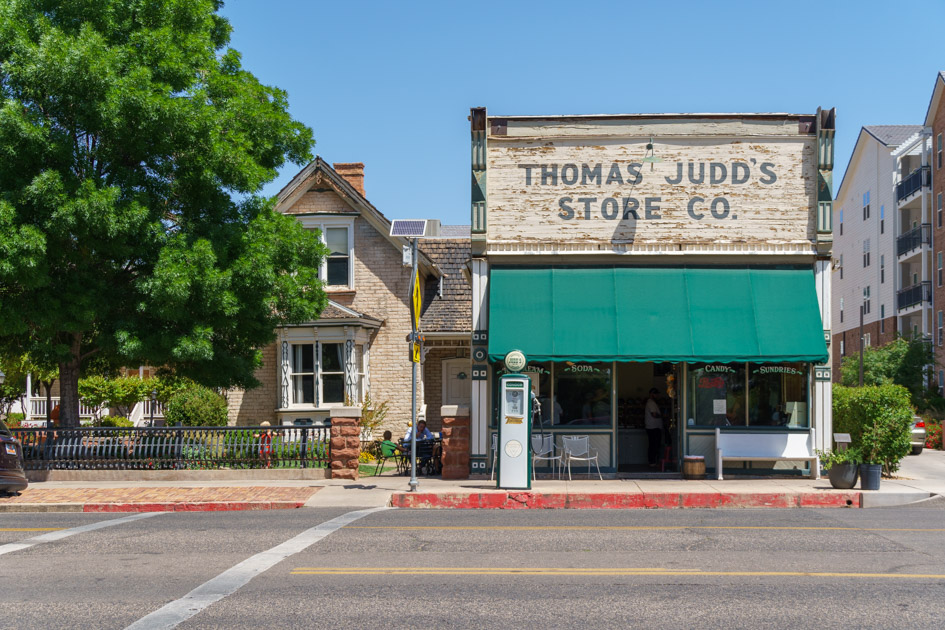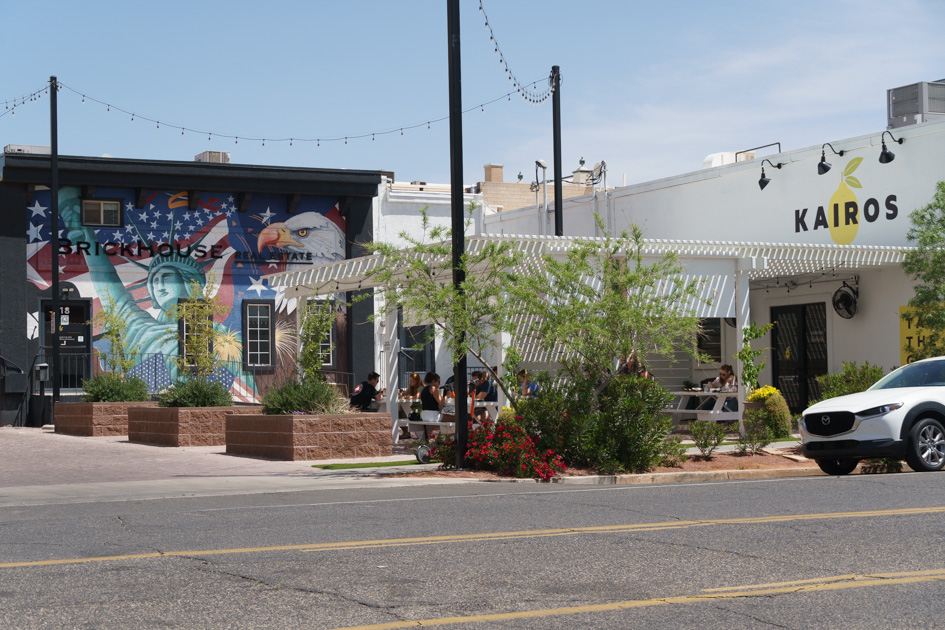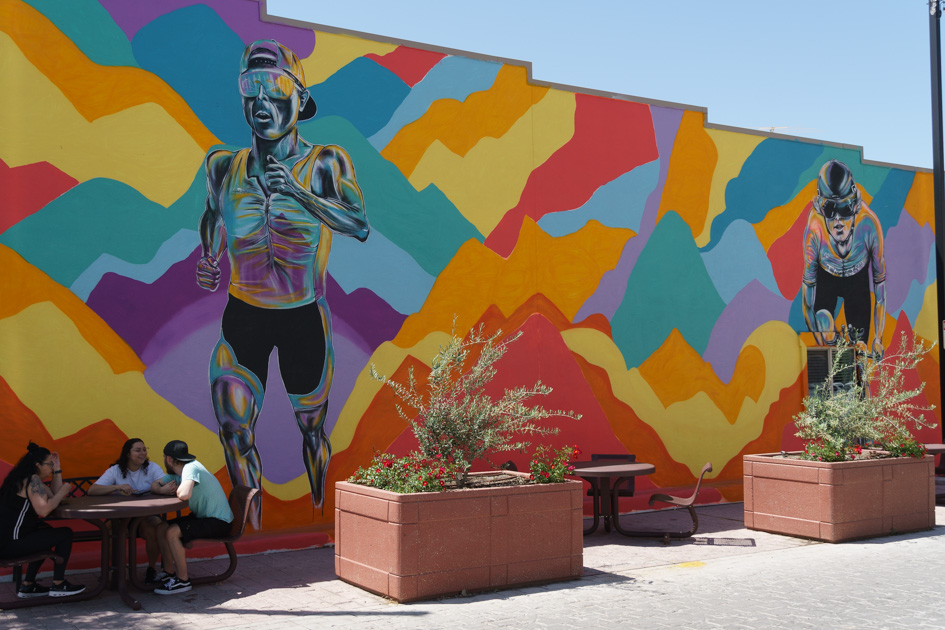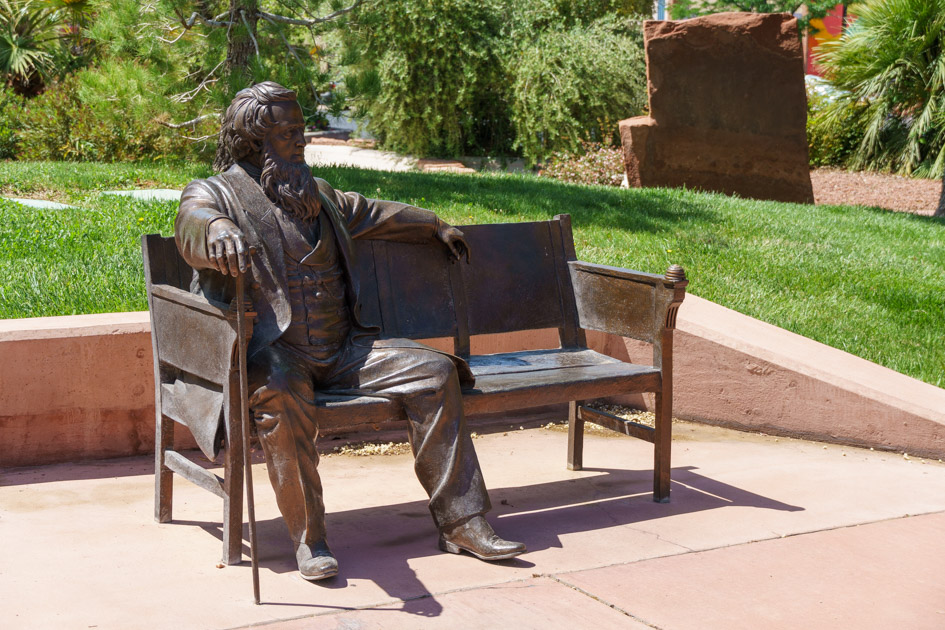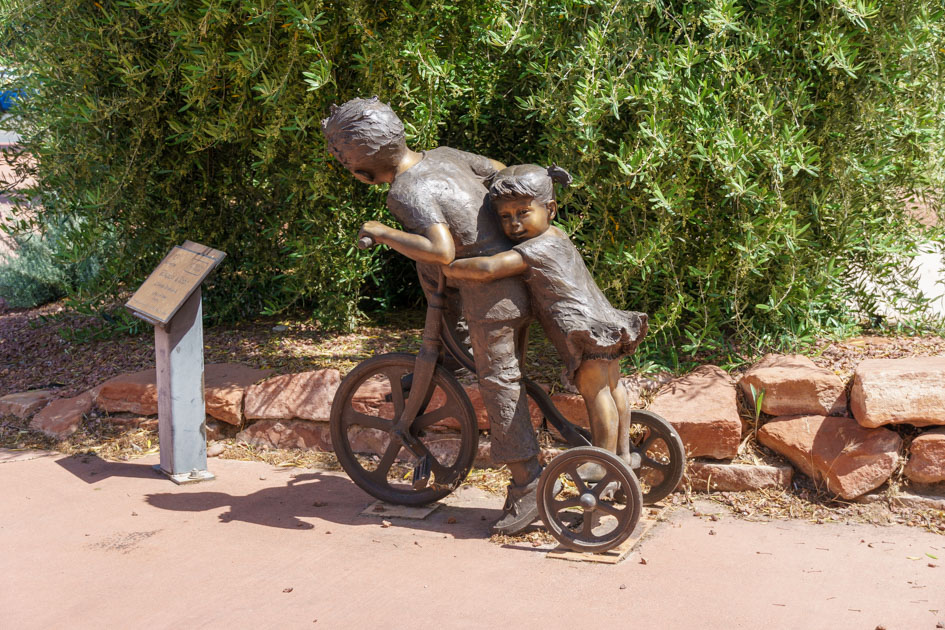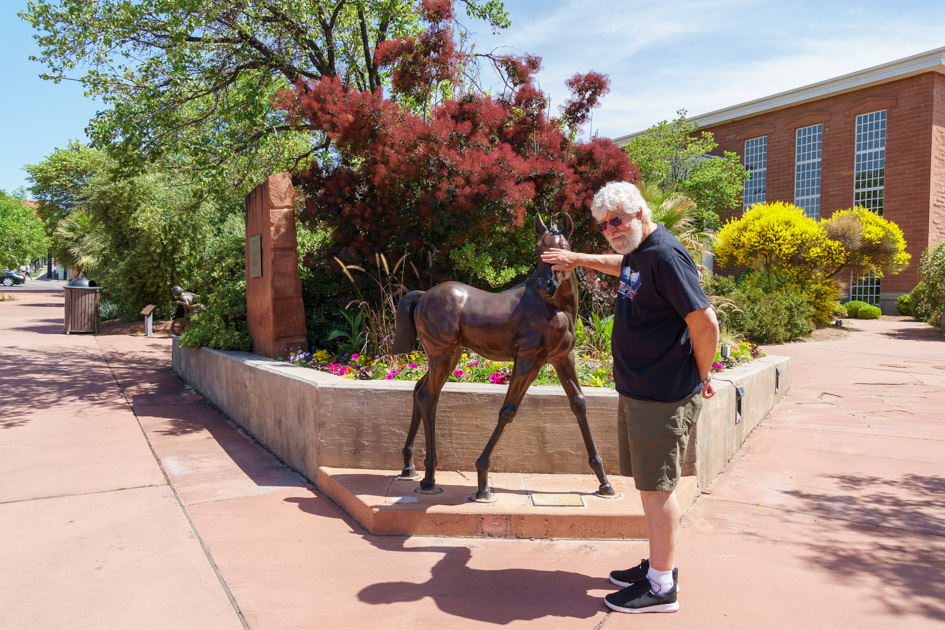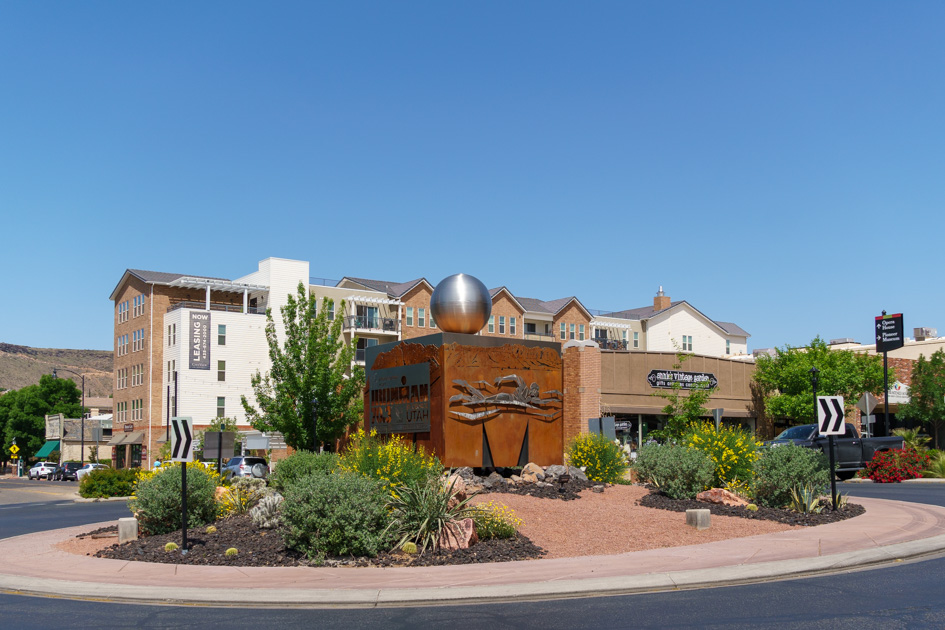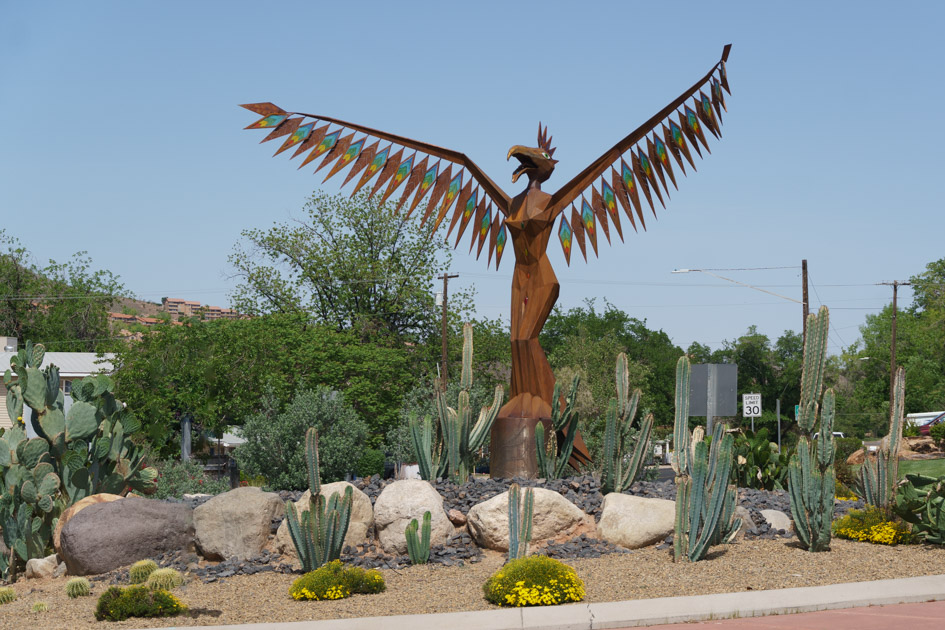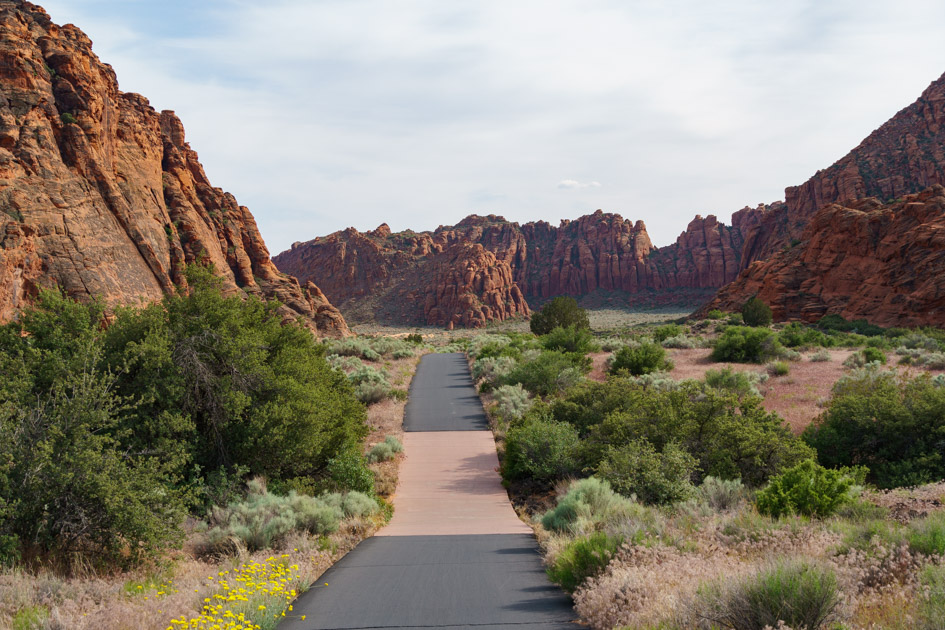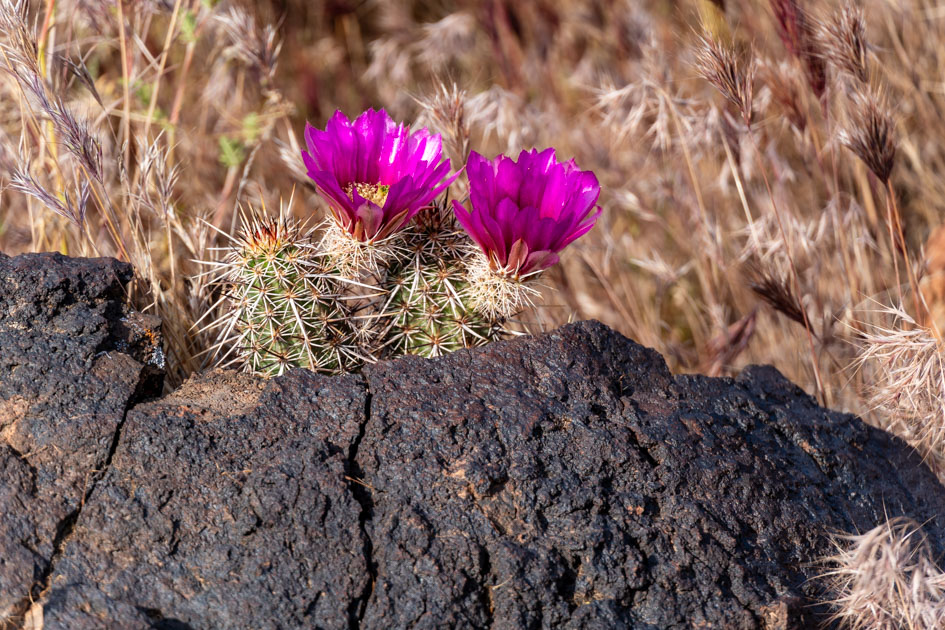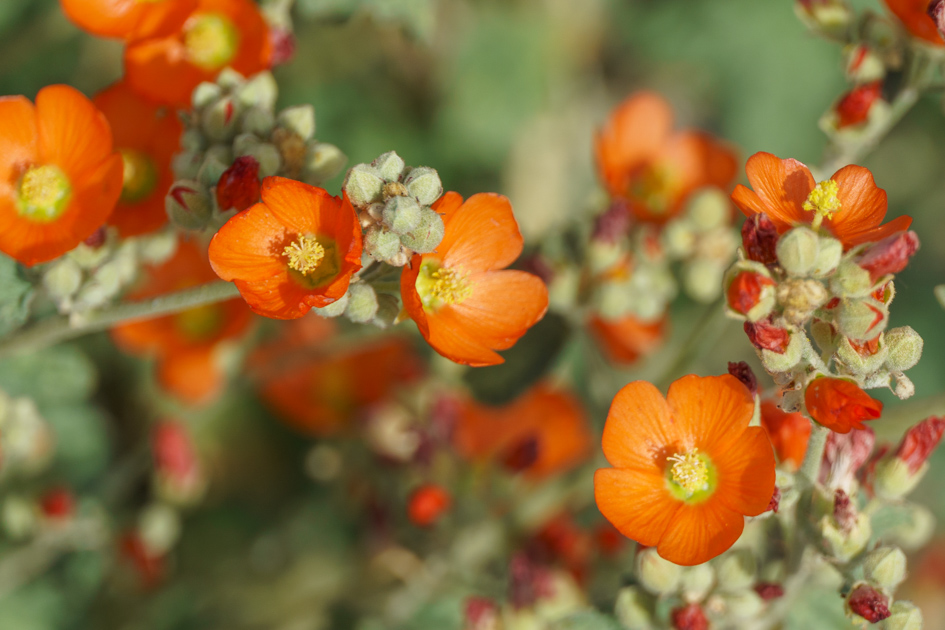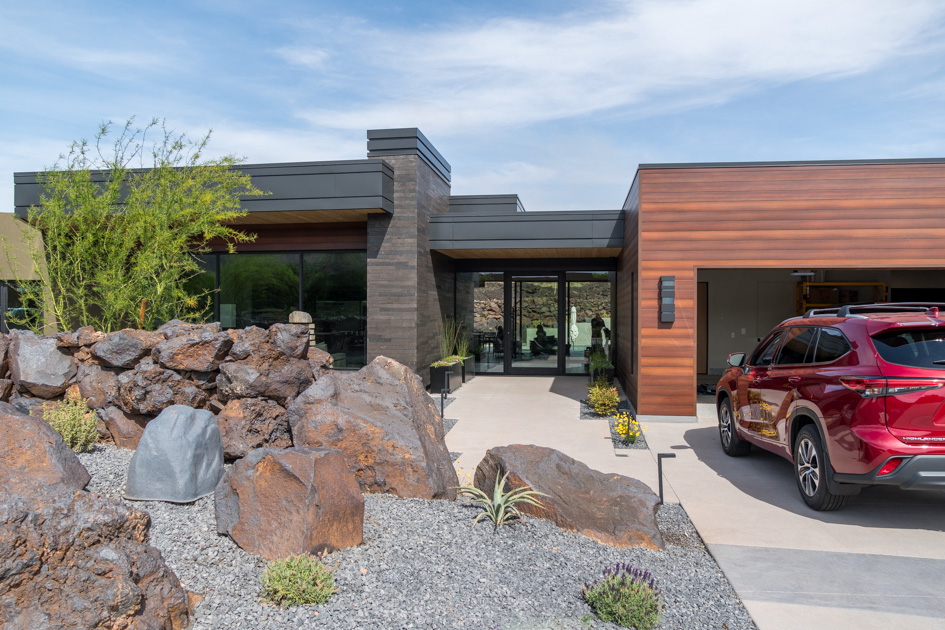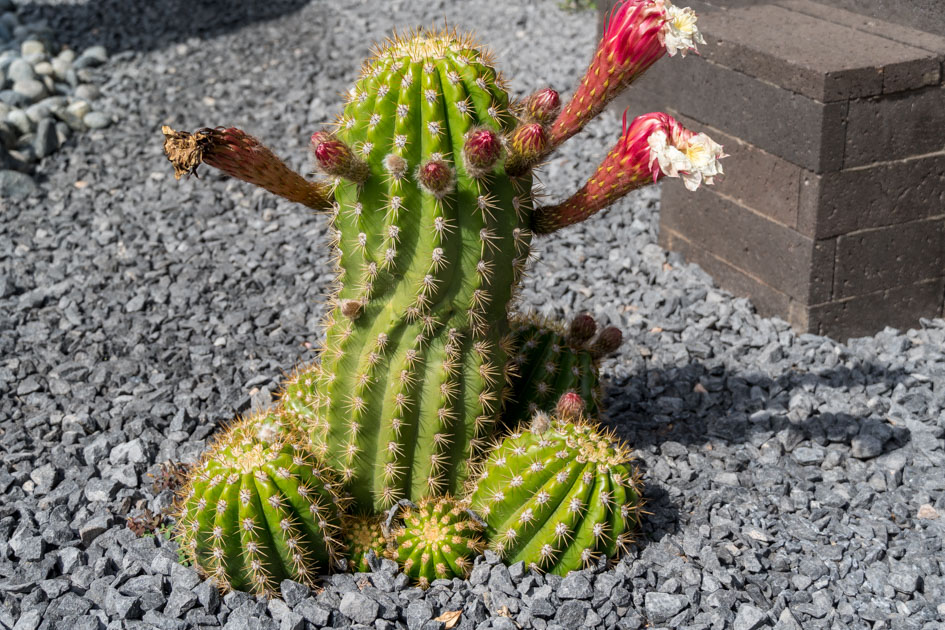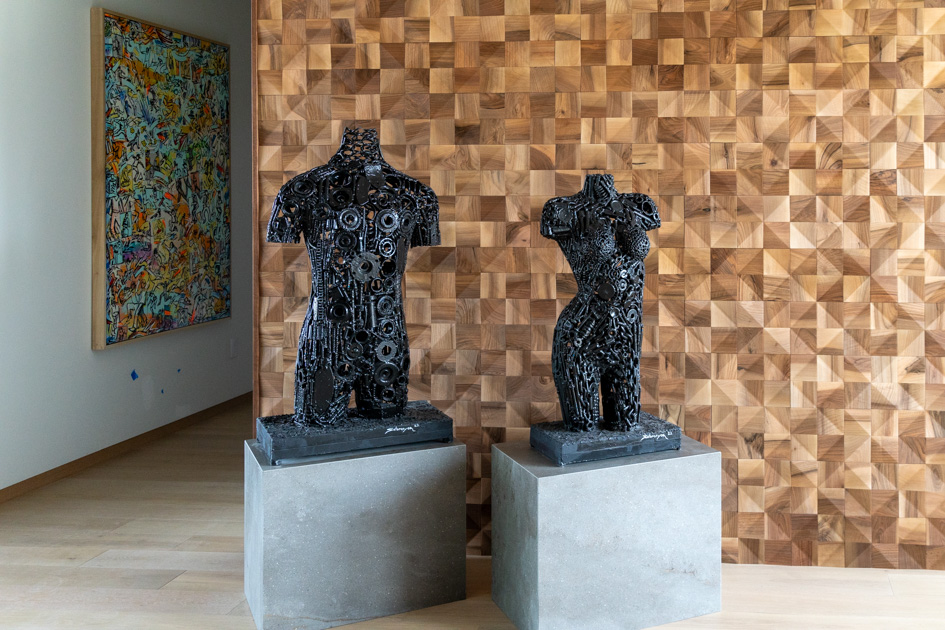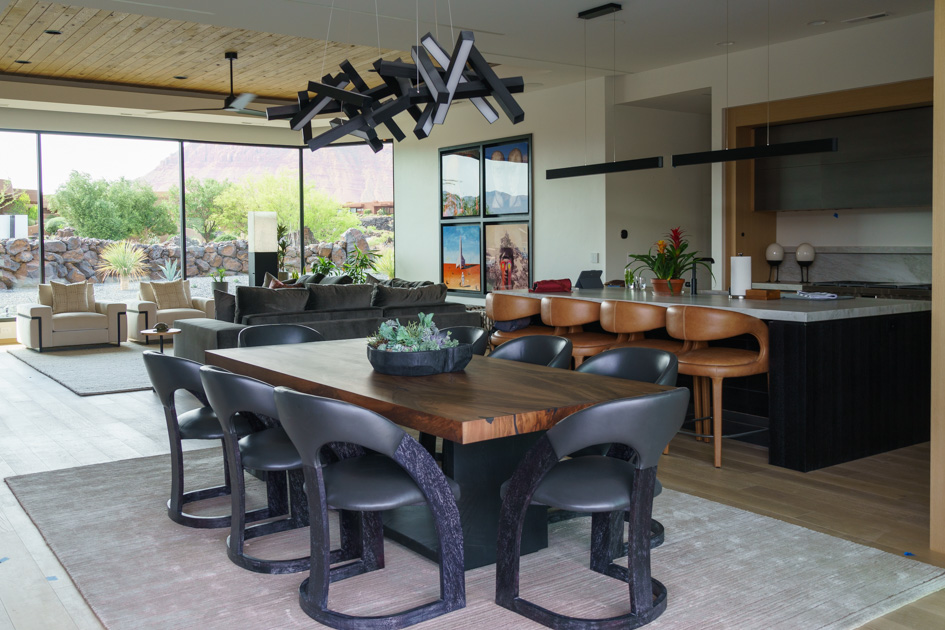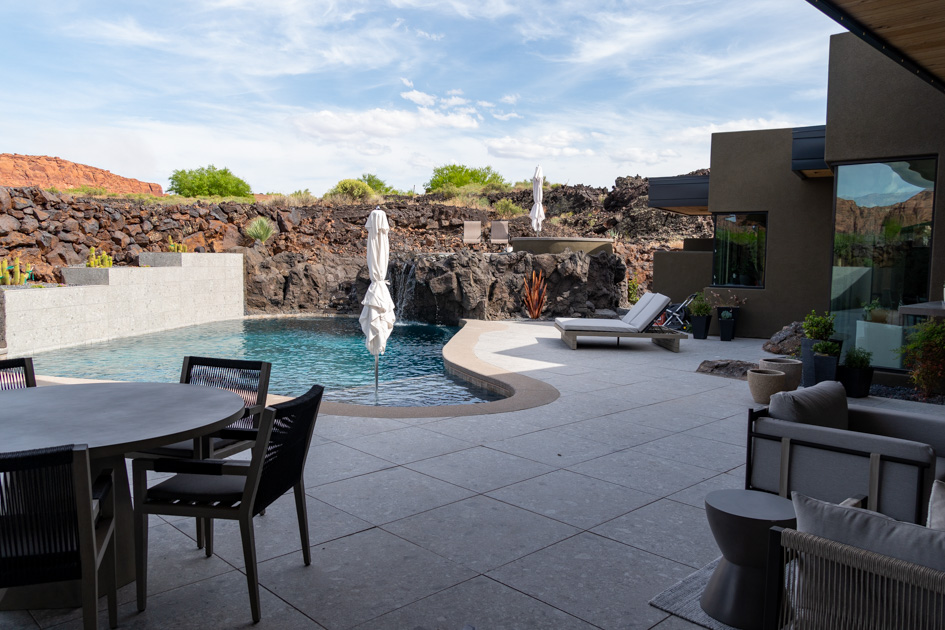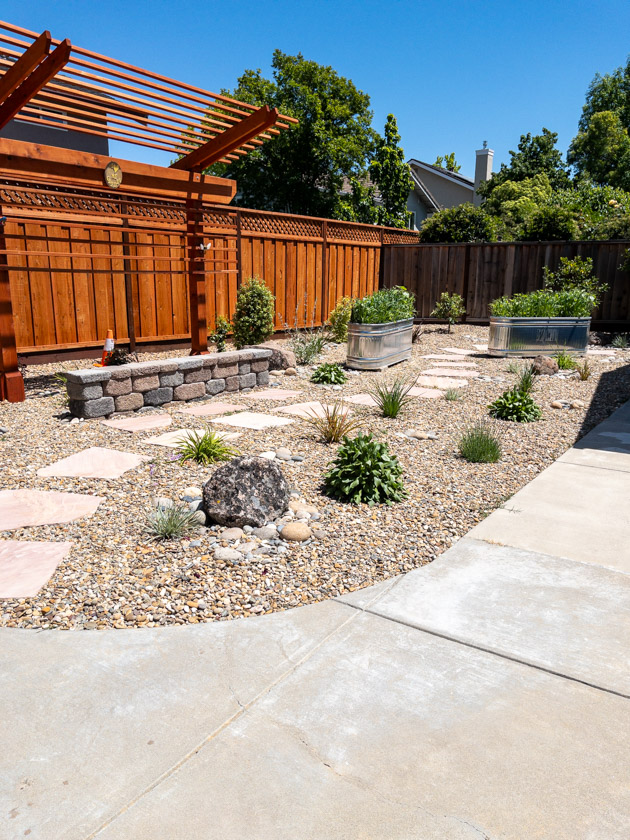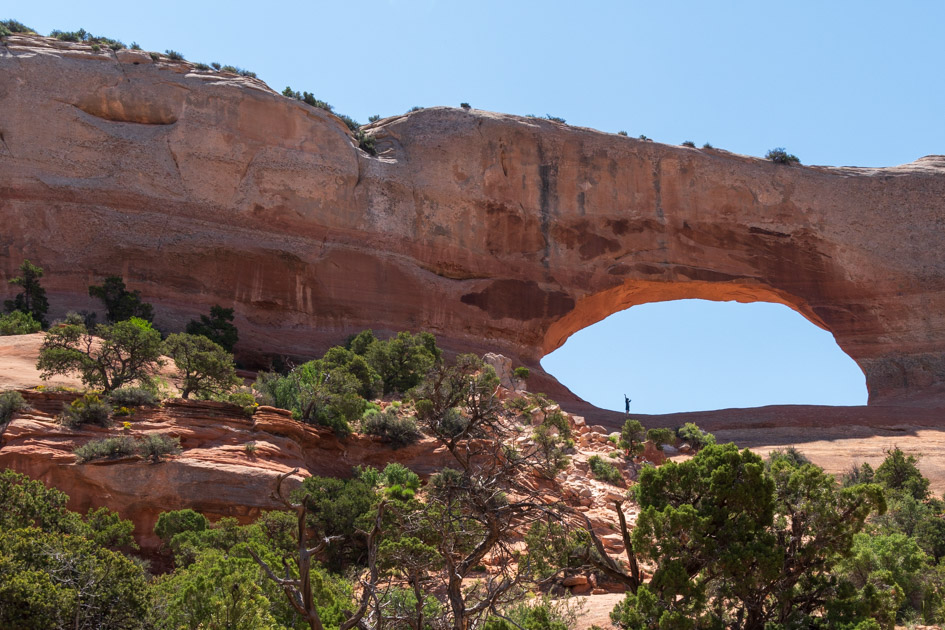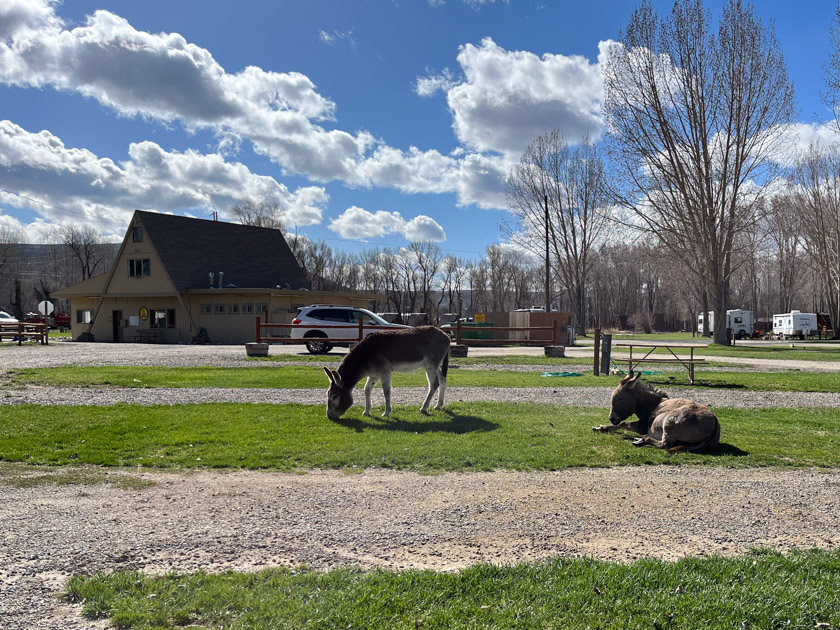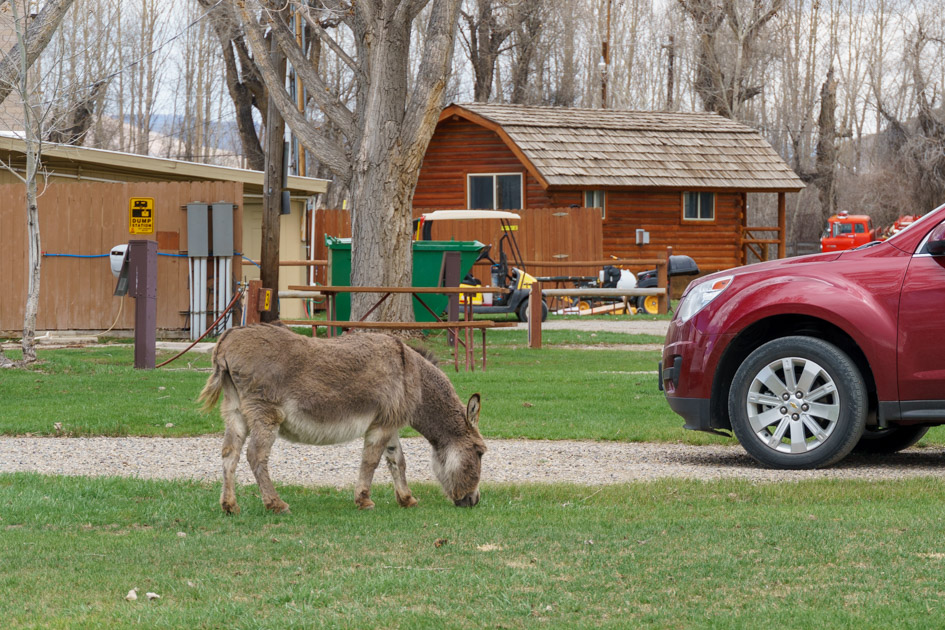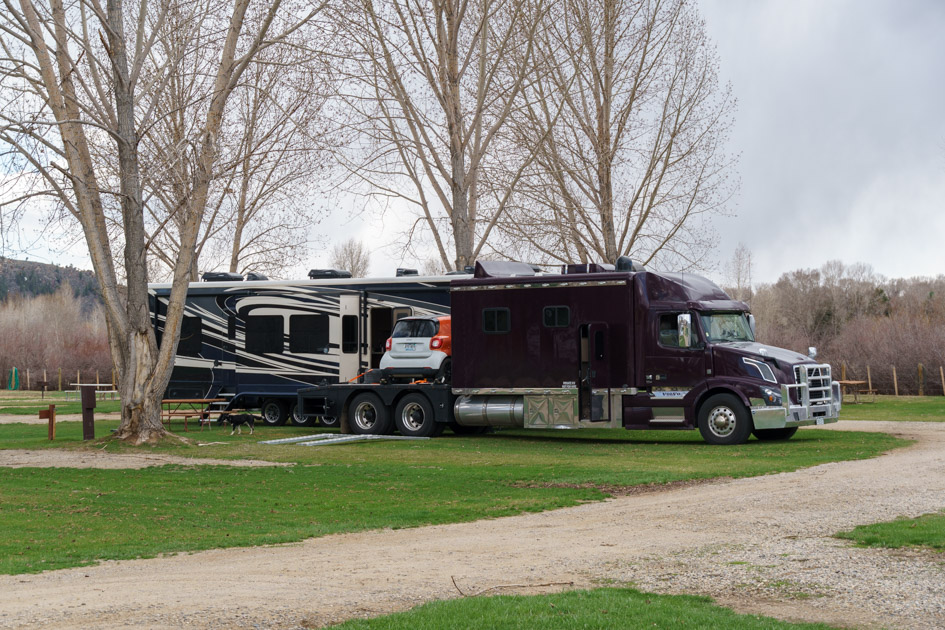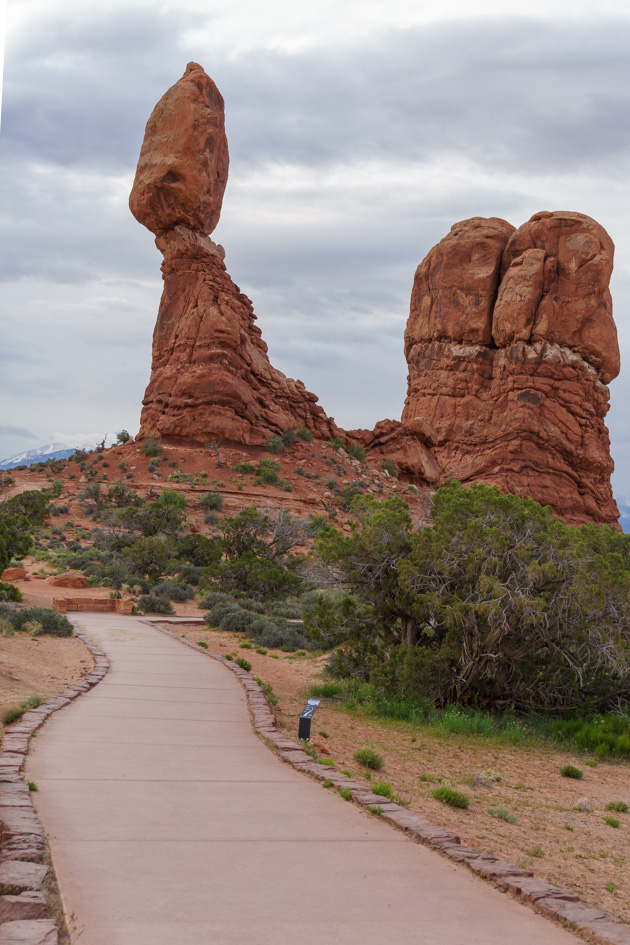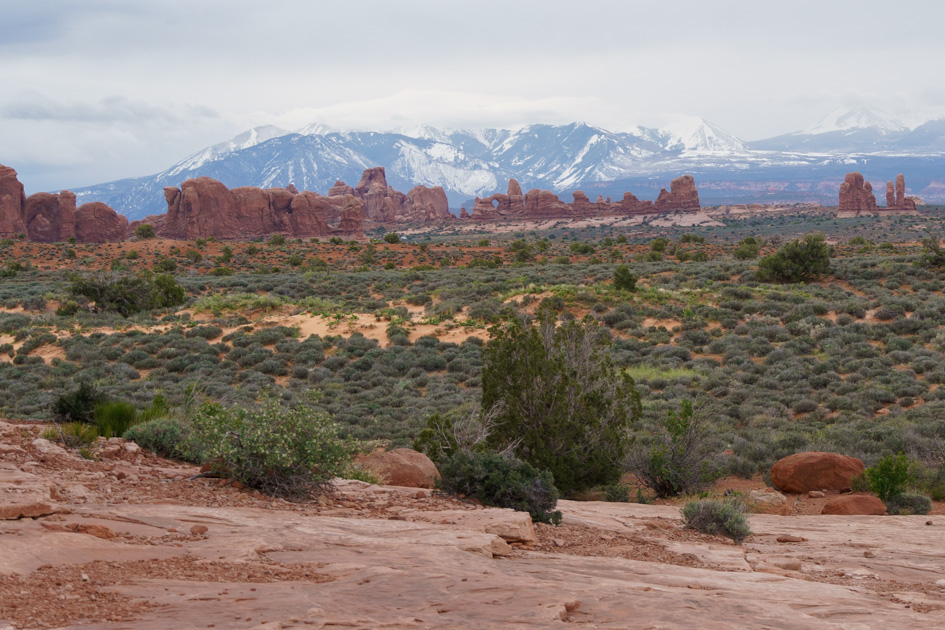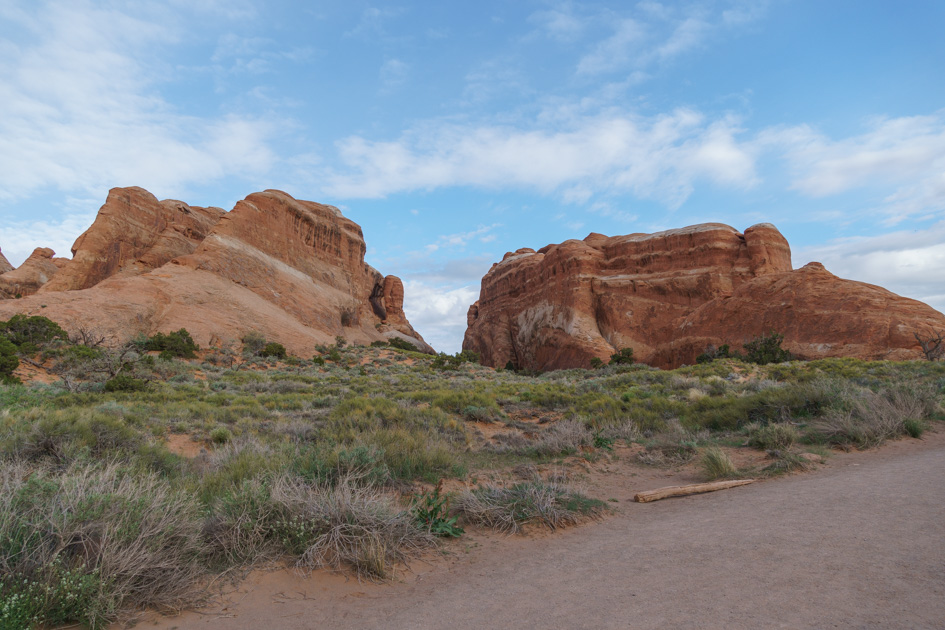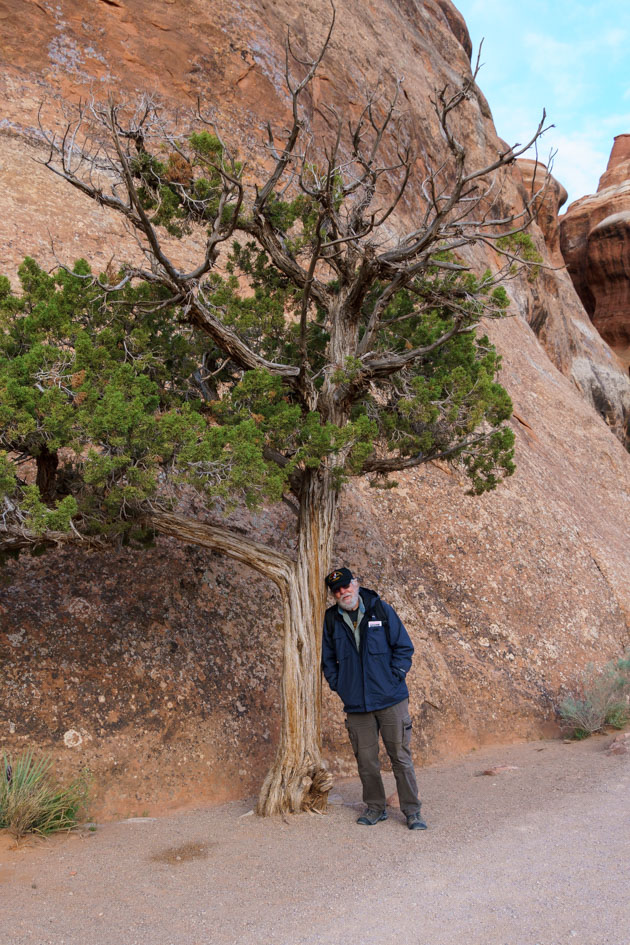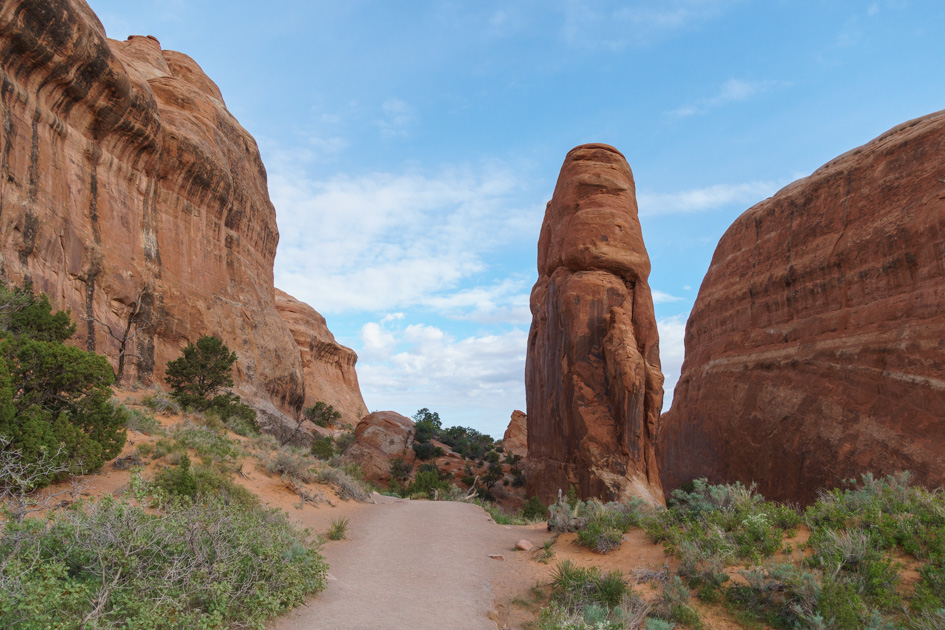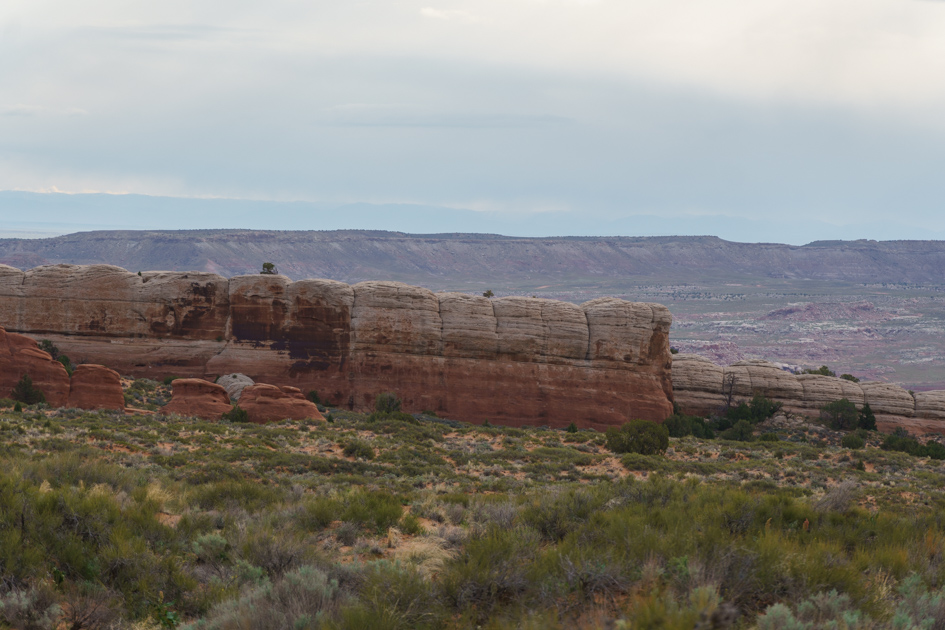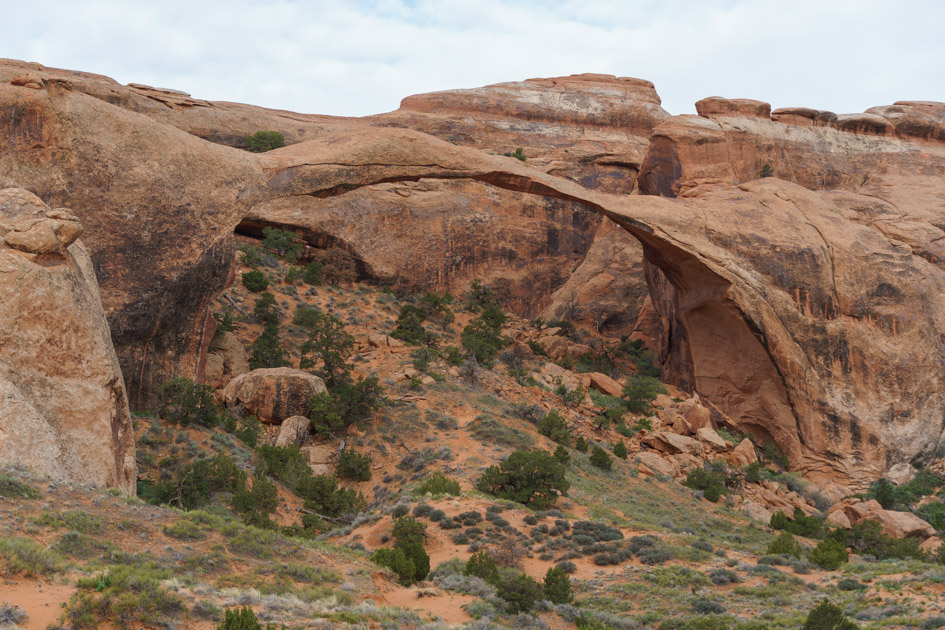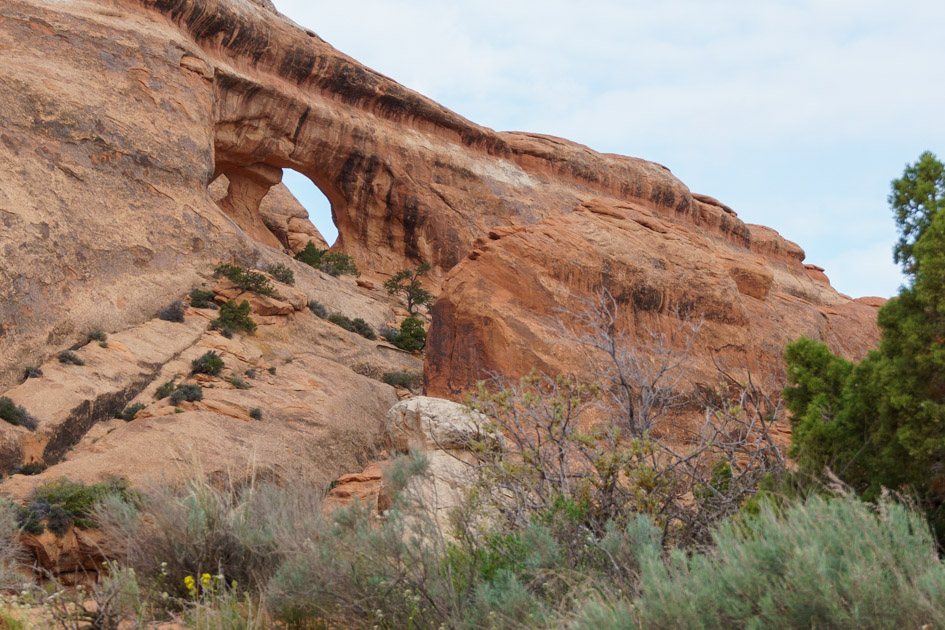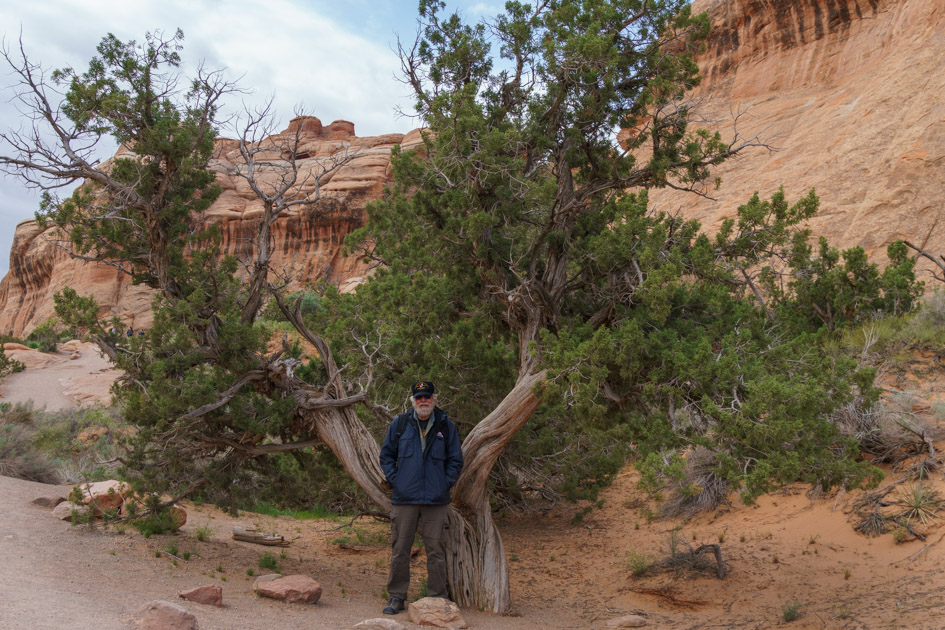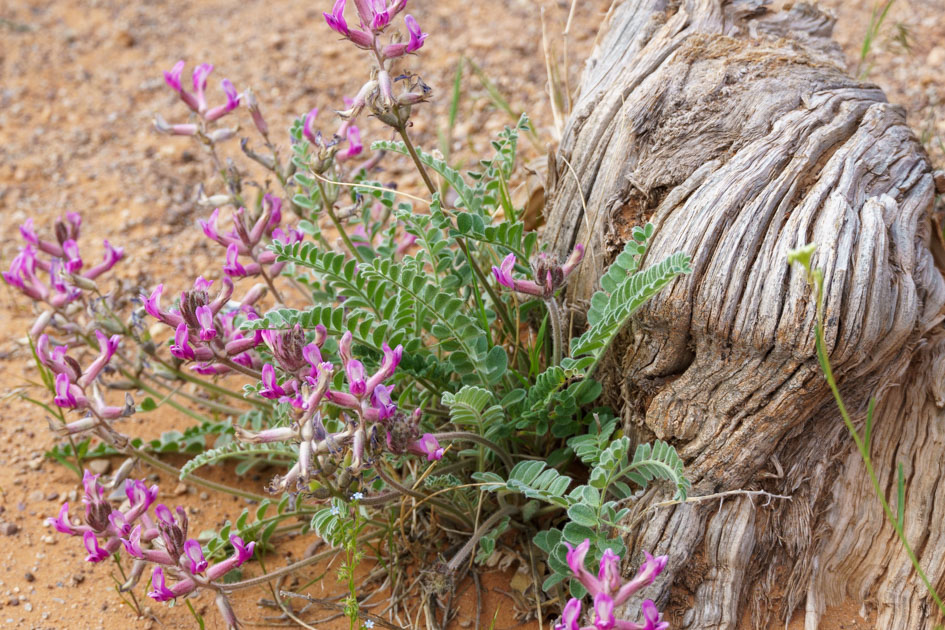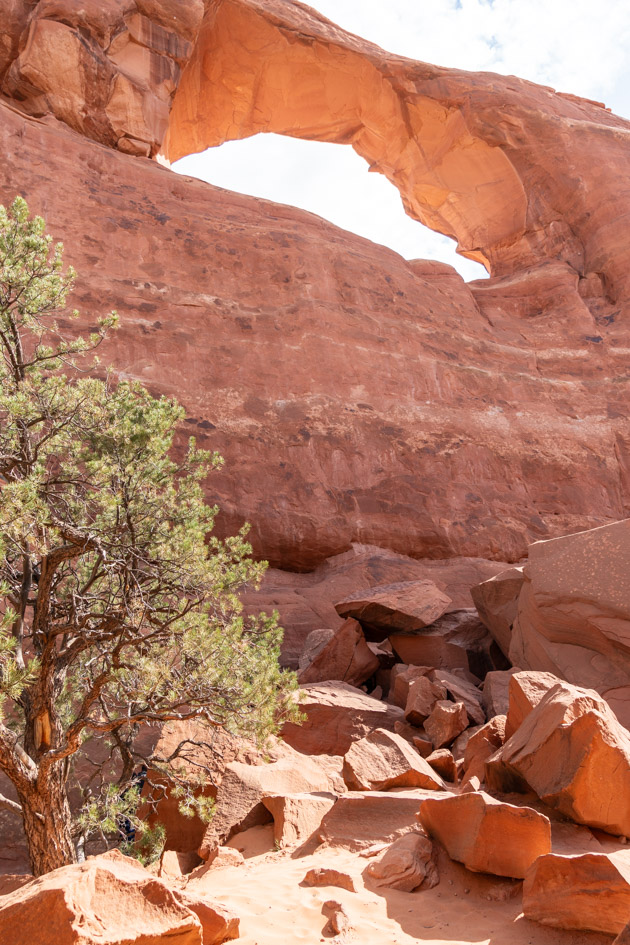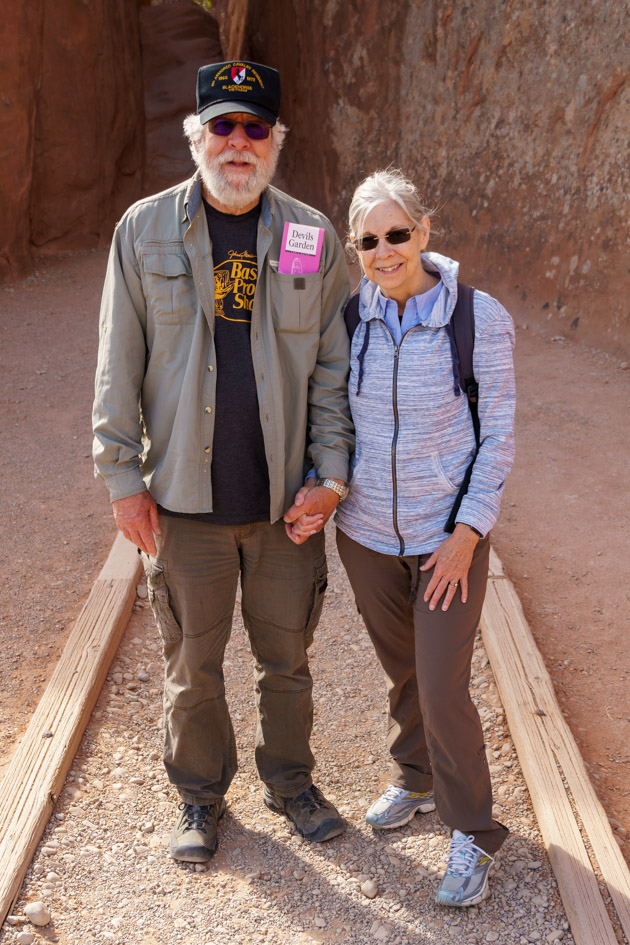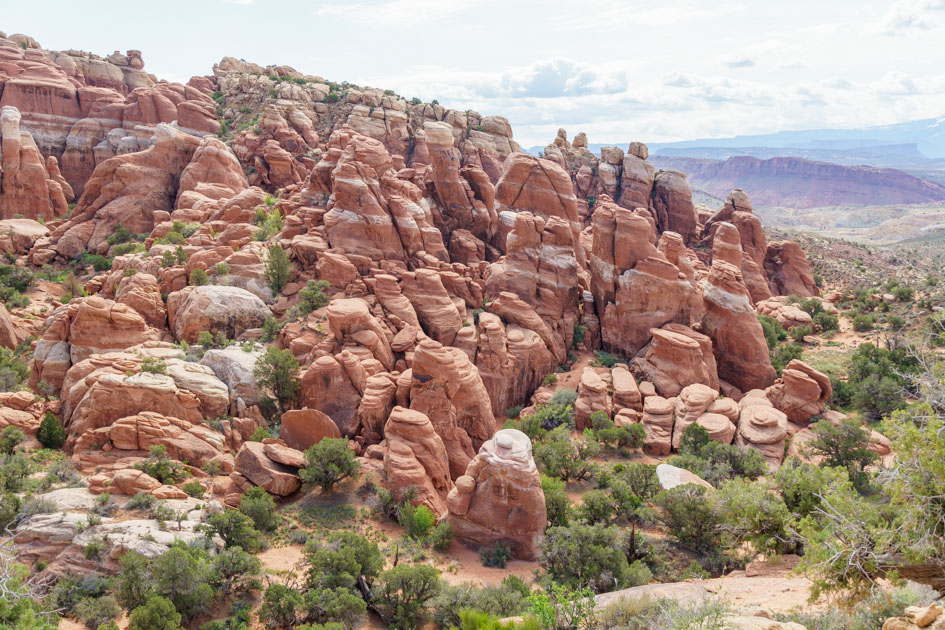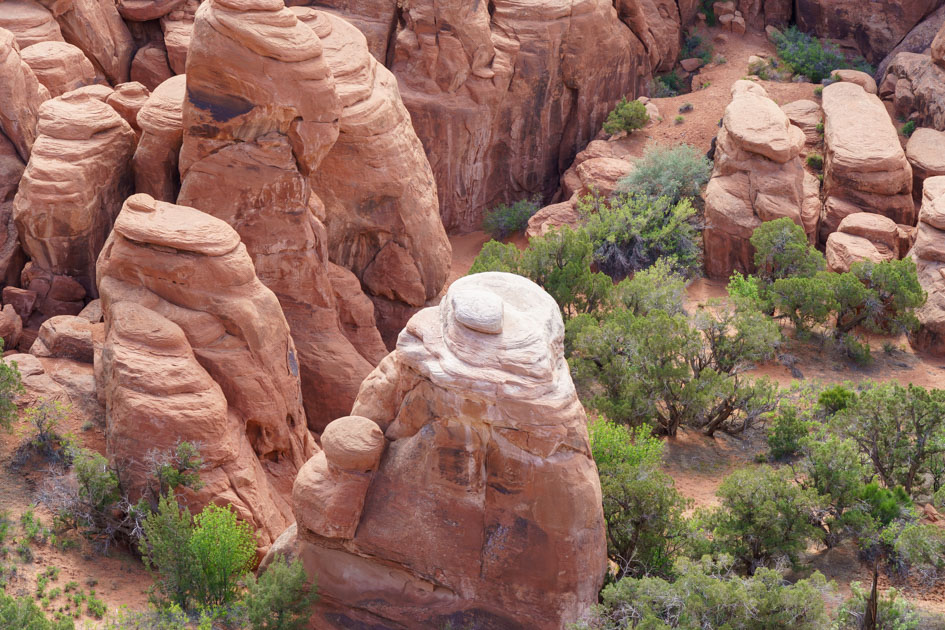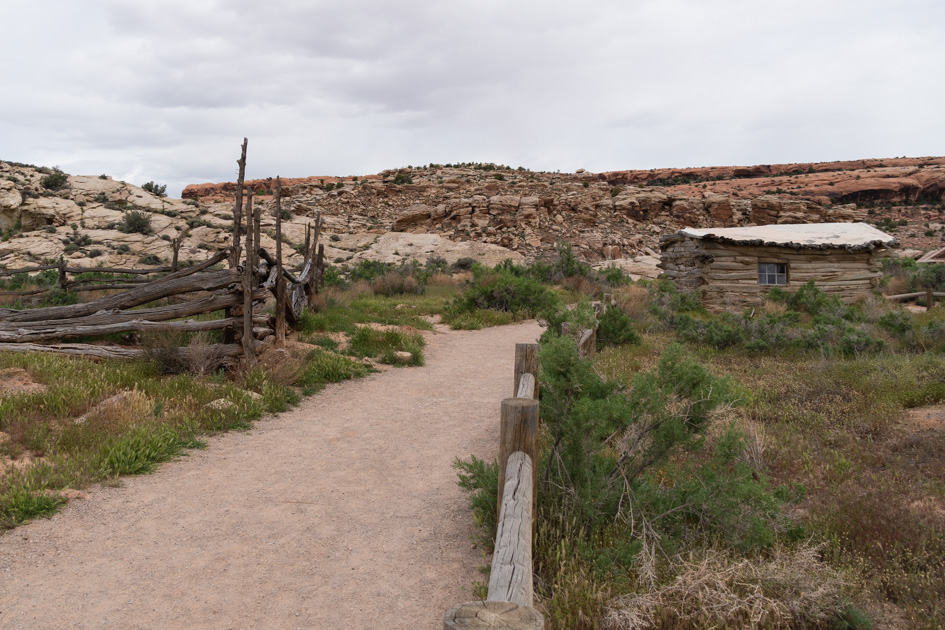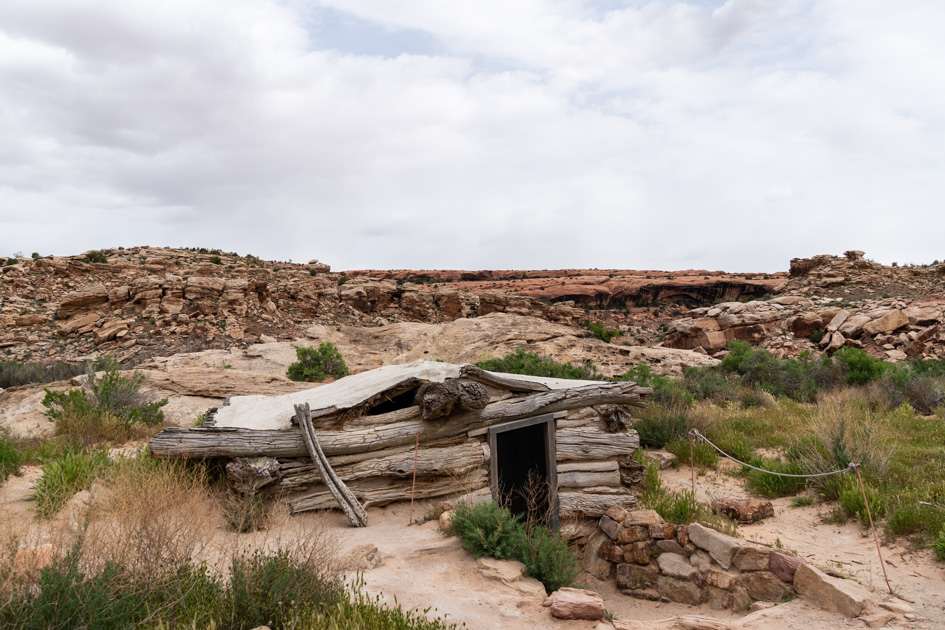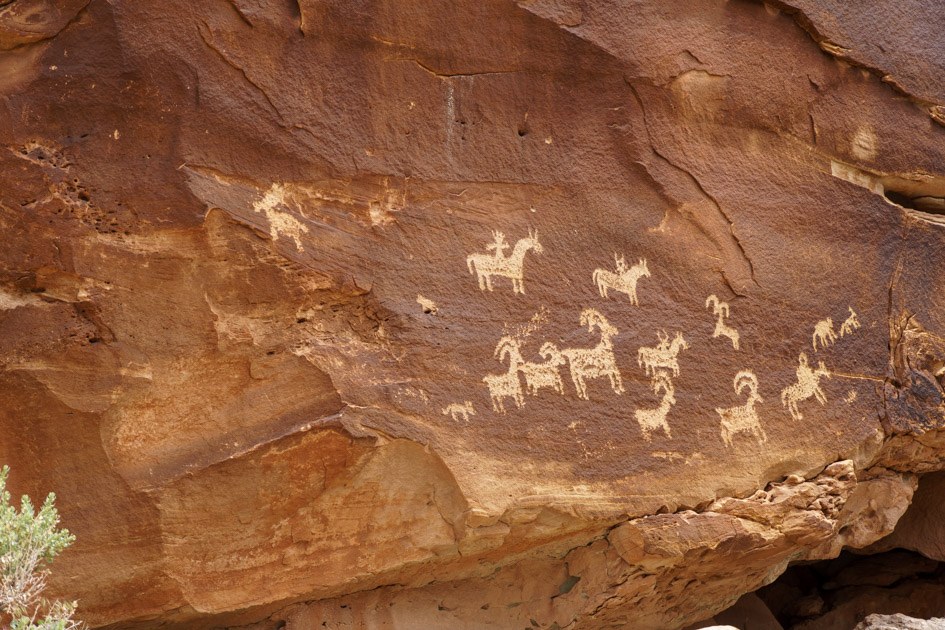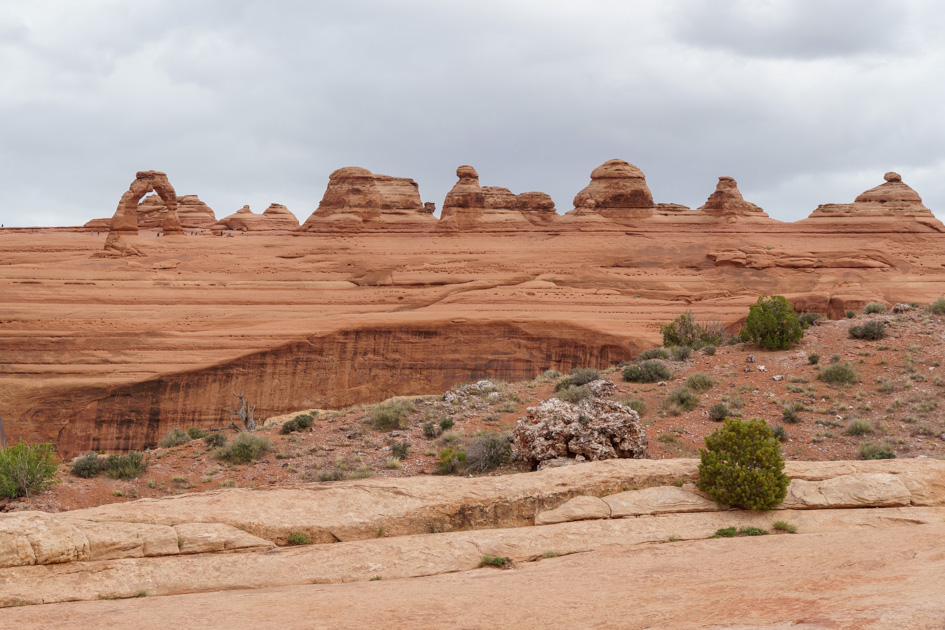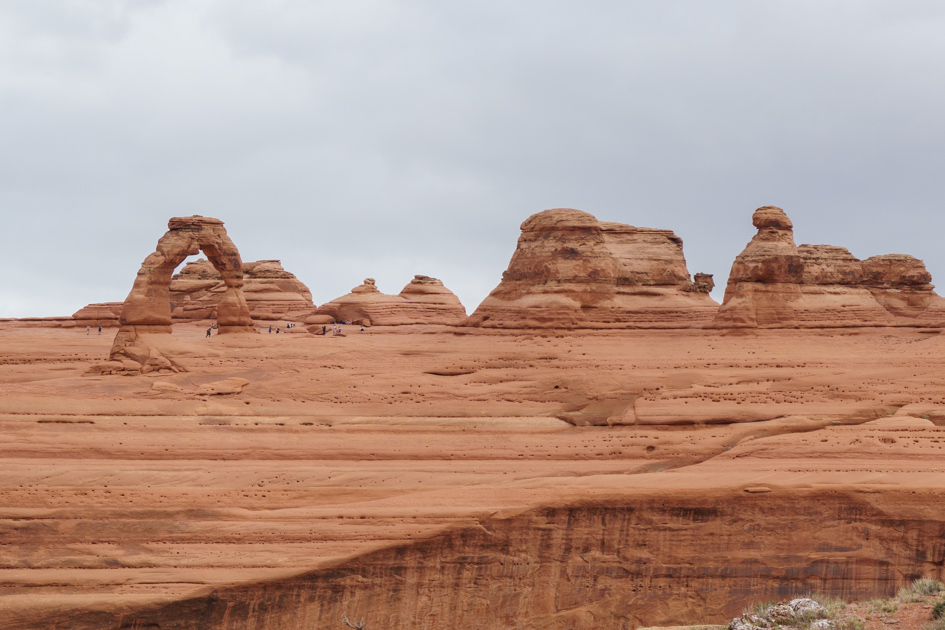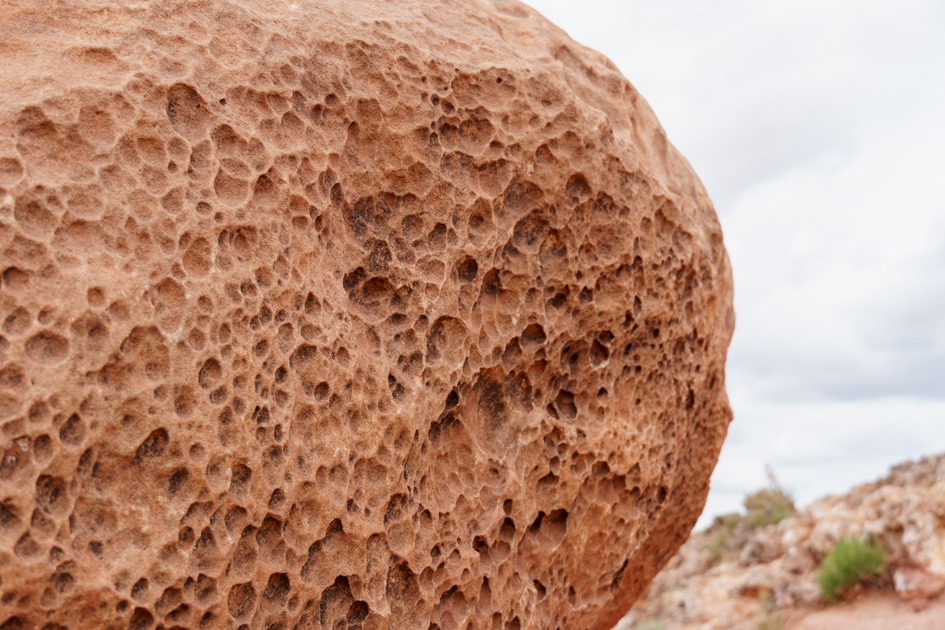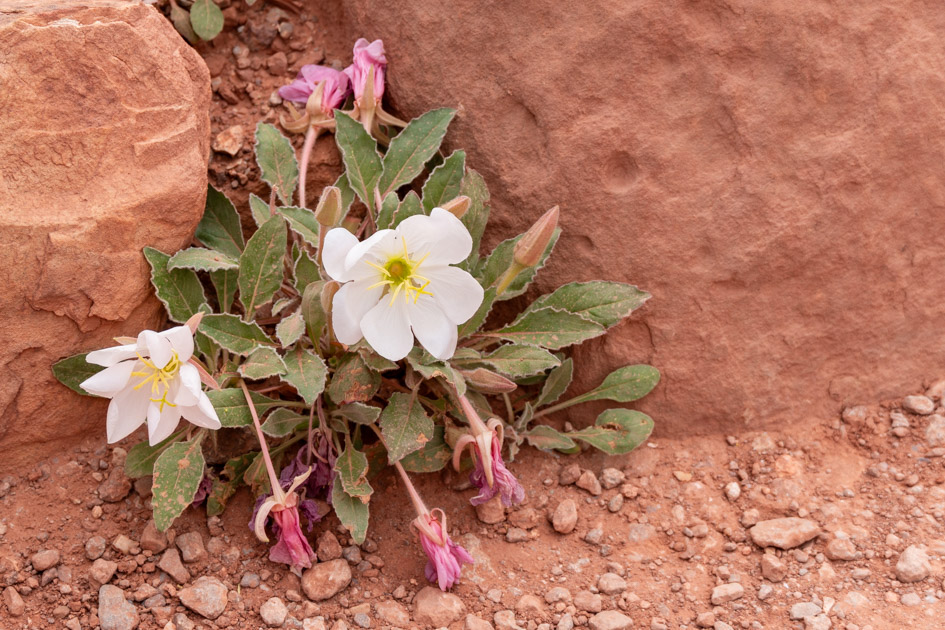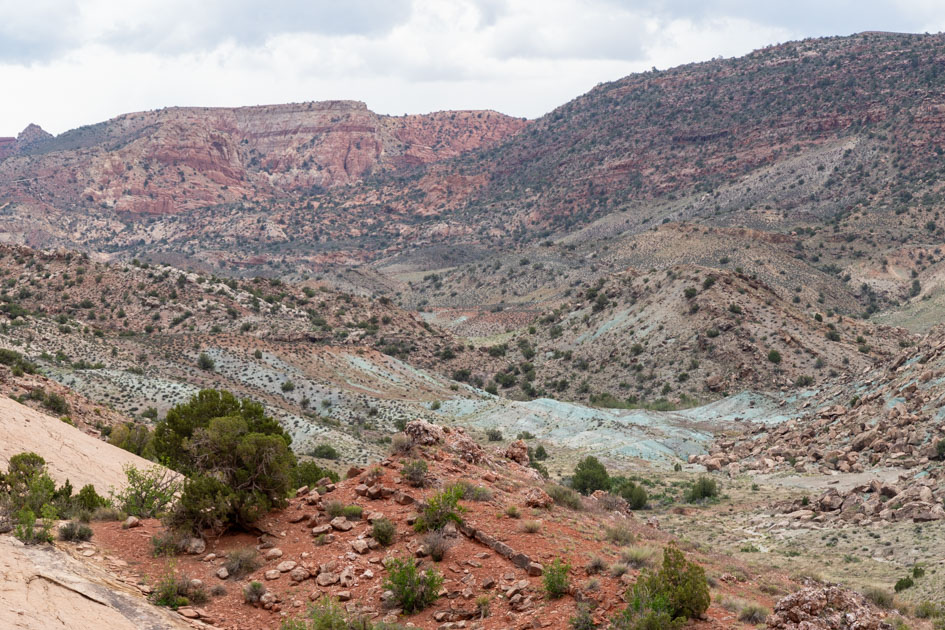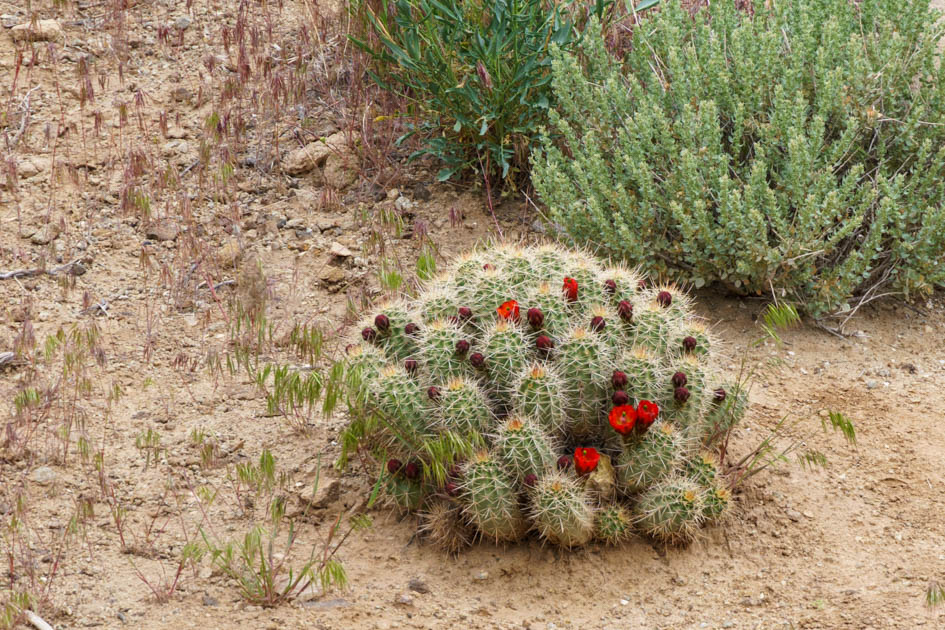A 13-day trip to La Paz, Baja California Sur? During the 2023 summer solstice? Were we crazy?
The promise of super-hot days could not deter us from accepting an invitation from our son, Kevin, and his partner, Bailey.
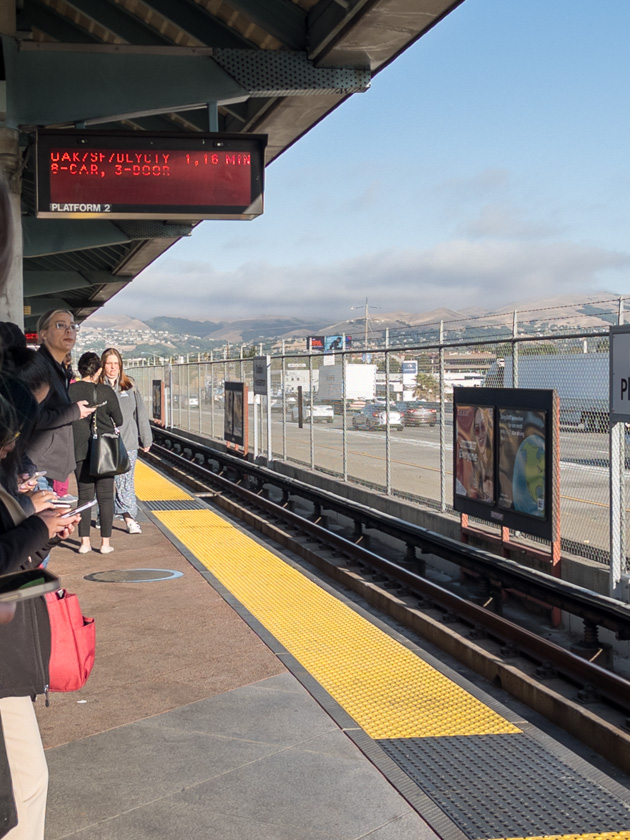
The Flight
On June 22, 2023, we breezed through Cross Boarder Express (CBX) and Aeropuerto Internacional de Tijuana with Spanish-speaking Bailey leading the way and telling us what to do and when. Had Jon and I been traveling on our own, we might have ended up in La Paz, Bolivia, instead of Mexico.
A recording delivered safety instructions and announcements over the speakers in both Spanish and English during the nearly two-hour Volaris Airline flight. The flight attendants served us snacks and drinks and made us feel welcome. Be forewarned, Uber, or DiDi as it’s called in La Paz, can’t pick up arriving passengers at the airport. It’s either rent a car, take a taxi, or public transportation. We took a taxi because our accommodations were in a central location so we could walk most places.
The House
Turning on the air conditioning was the first order of business when we arrived at the house. The two-bedroom, two-bath home included a functioning kitchen, living and dining area. A courtyard in the back provided a pool, desert landscaping, mood lighting and gecko plaques on the brick wall. This was going to suit us just fine.

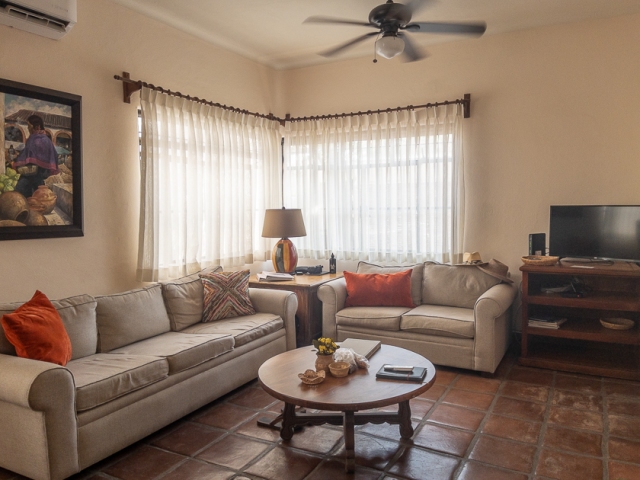
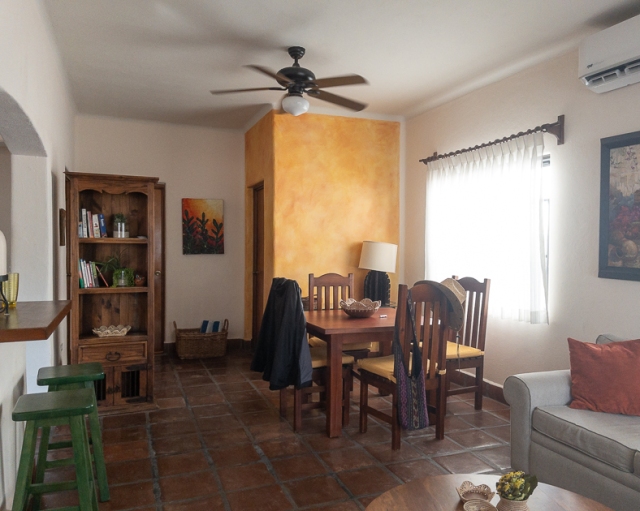
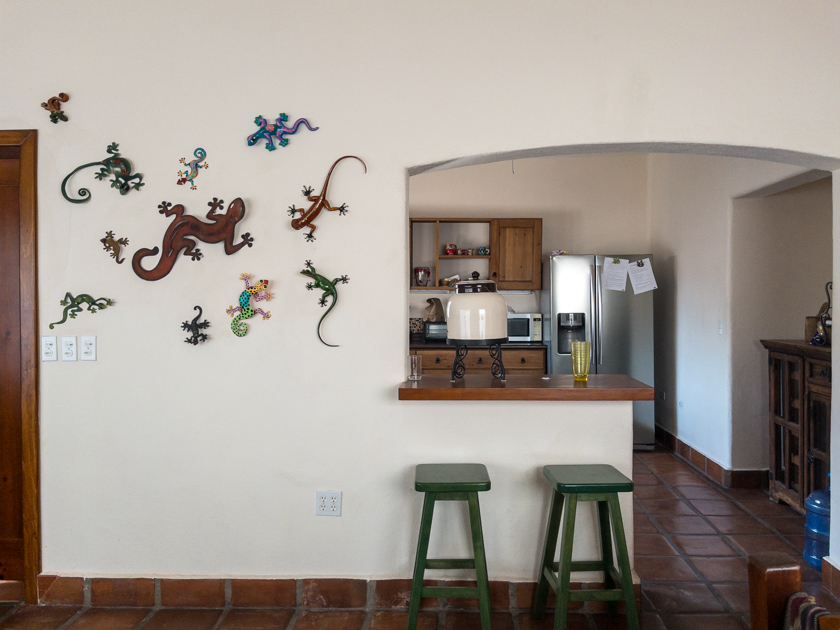
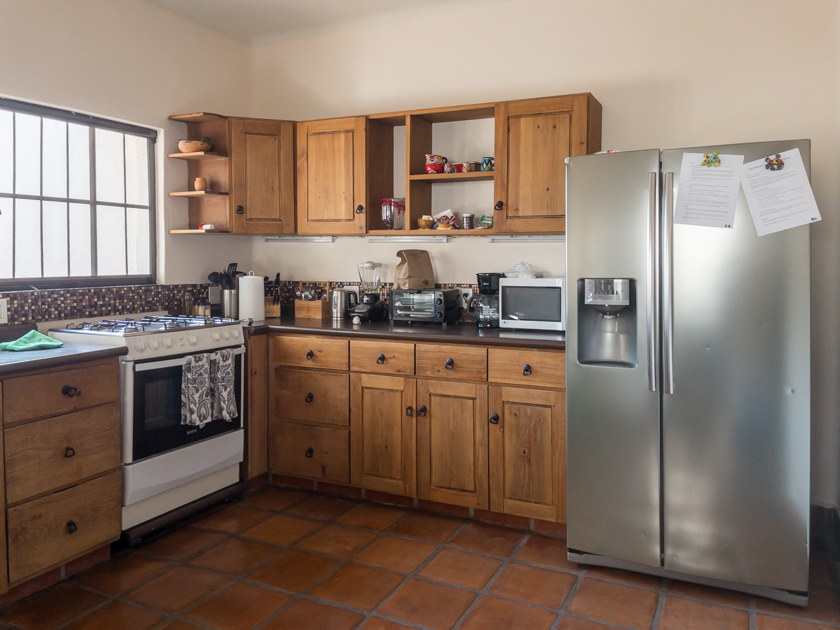
The sounds of cooing doves serenaded us in the morning and throughout the day. While out by the pool we’d watch groups of female frigates with their white throats and males sporting a patch of red on their chest fly around in circles above us in the sky. Lizards popped out every once in a while, and Bailey saw a little gecko.
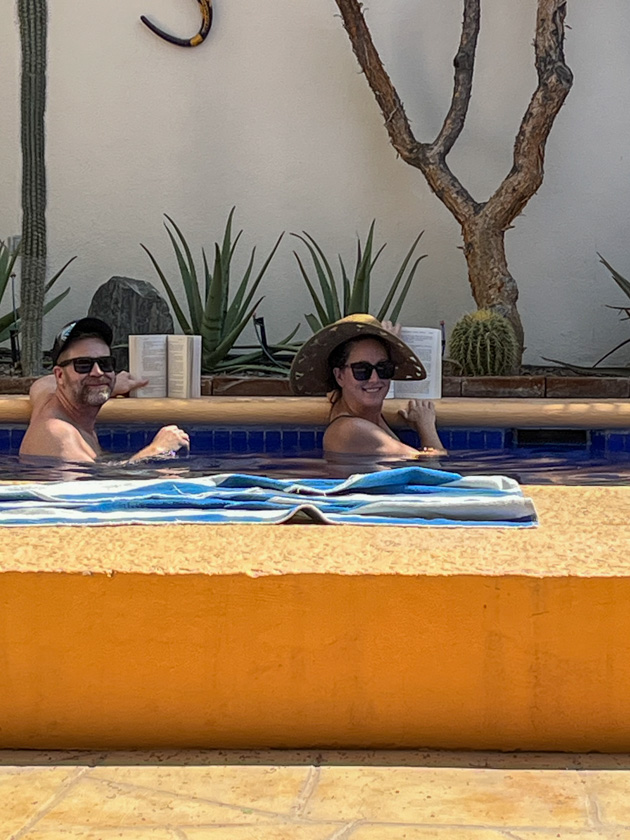
While in La Paz, we learned pretty quick to do as the locals do. Mornings are for working or exploring, afternoons are for resting and staying calm and cool. Reading while submerged in the pool became a daily favorite pastime.
The Malecon
On our first visit to the Malecon we found a sleepy and quiet atmosphere in the late afternoon. The ocean water lapped ashore in a lazy fashion. Few automobiles or trucks drove past. And it seemed like we had the street all to ourselves. We found a restaurant open with only a few other tables occupied and most of the staff standing around talking among themselves.
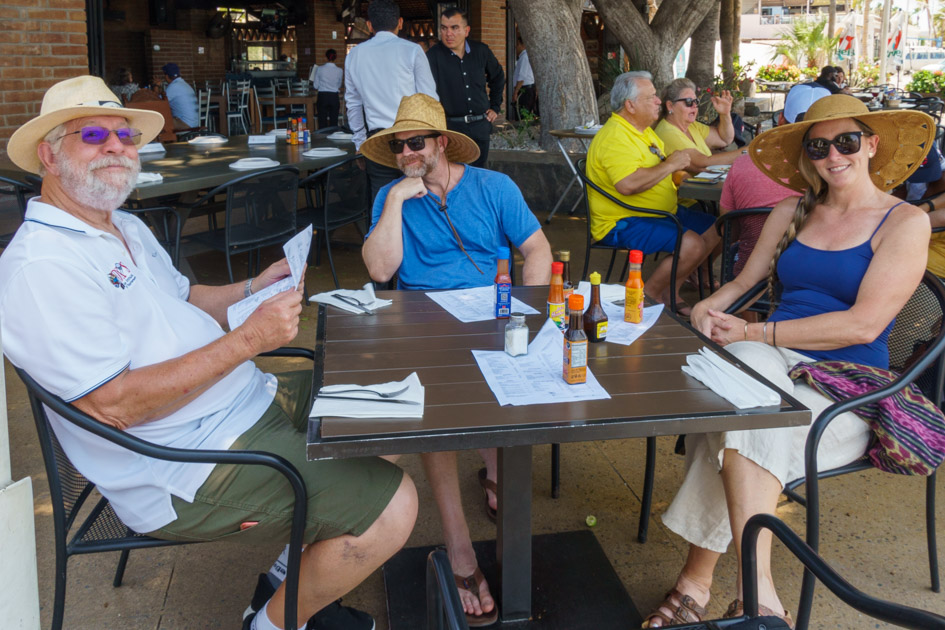
Art aficionados will enjoy walking along the waterfront boardwalk where many of the city’s sculptures live. I tried my best to restrain my camera from capturing them all, which was my intent when I found the first one.
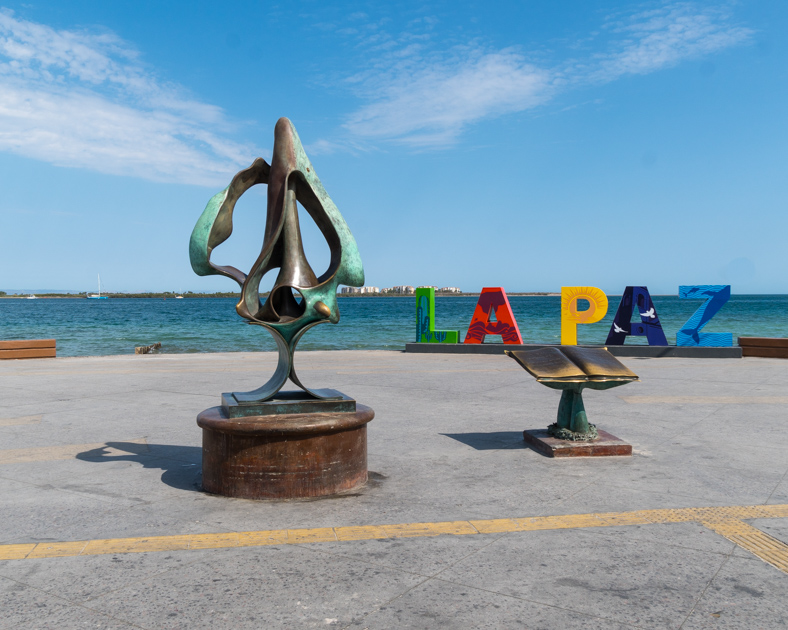
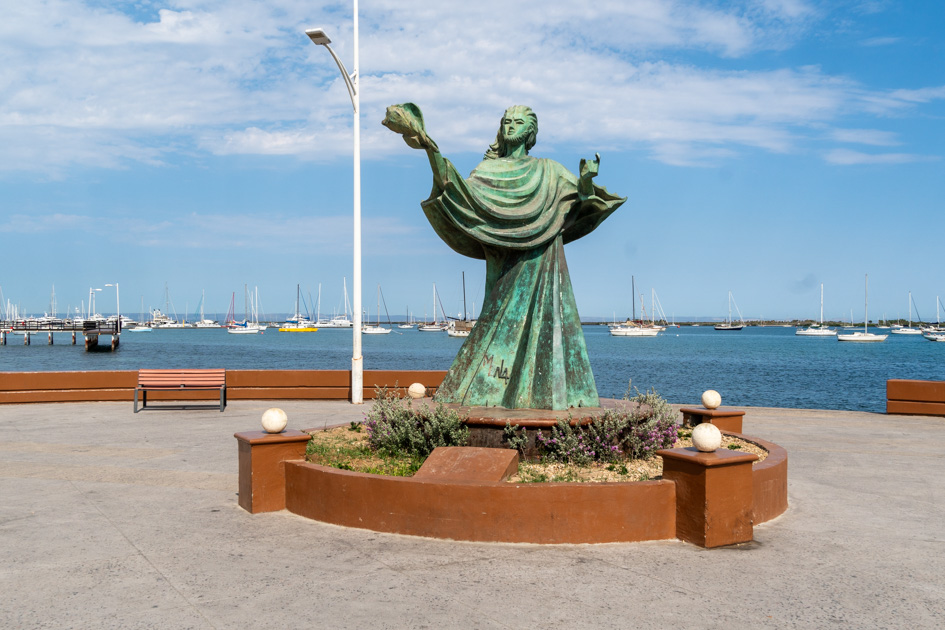
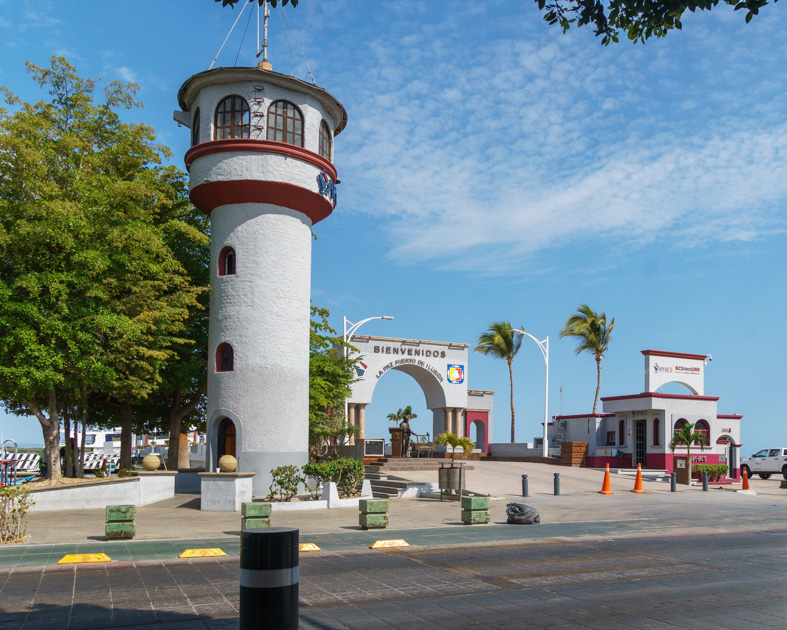
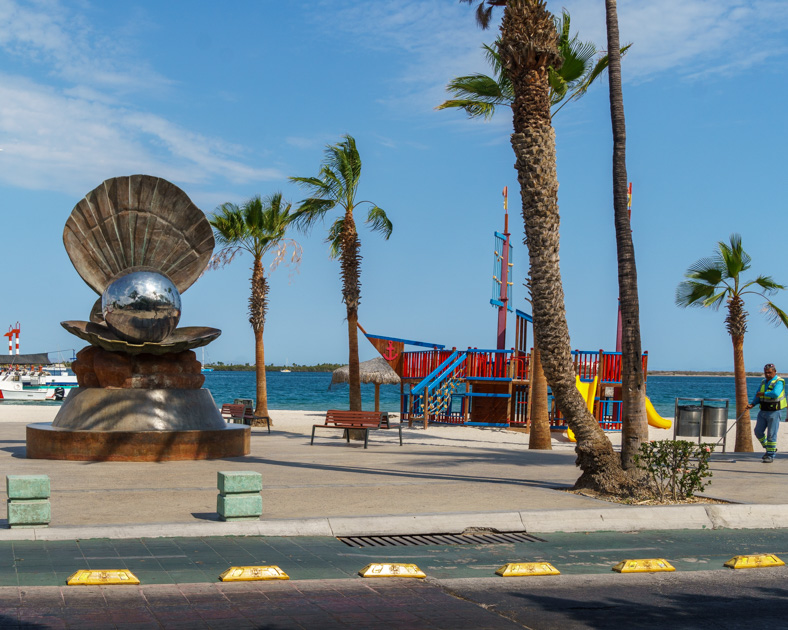
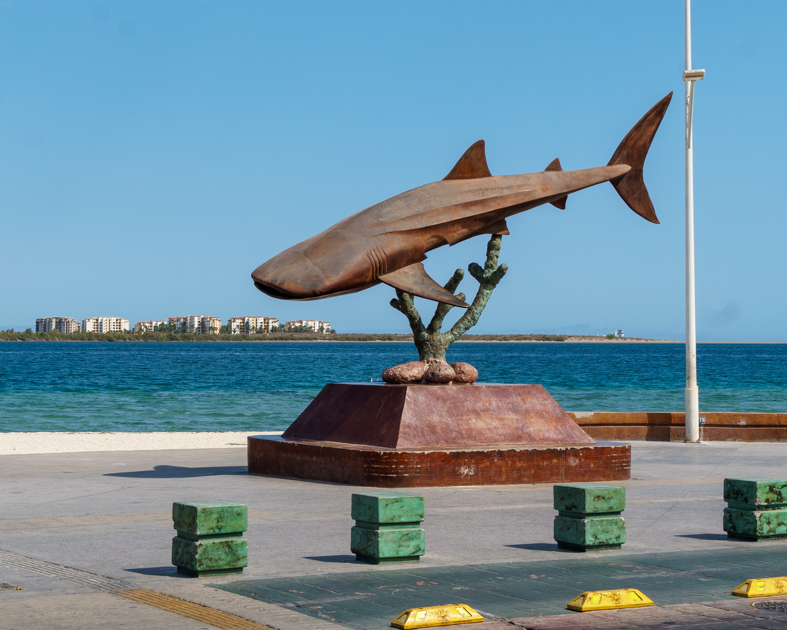
La Paz was so enamored with Jacque Cousteau, who led expeditions in the area, the government renamed an island after him, much to the displeasure of some. There are also at least two sculptures of him and other references made that honor him. In 2009, Isla Cerralvo became Isla Jacques Cousteau. He’s noted as calling the sea surrounding La Paz, “the world’s aquarium.”
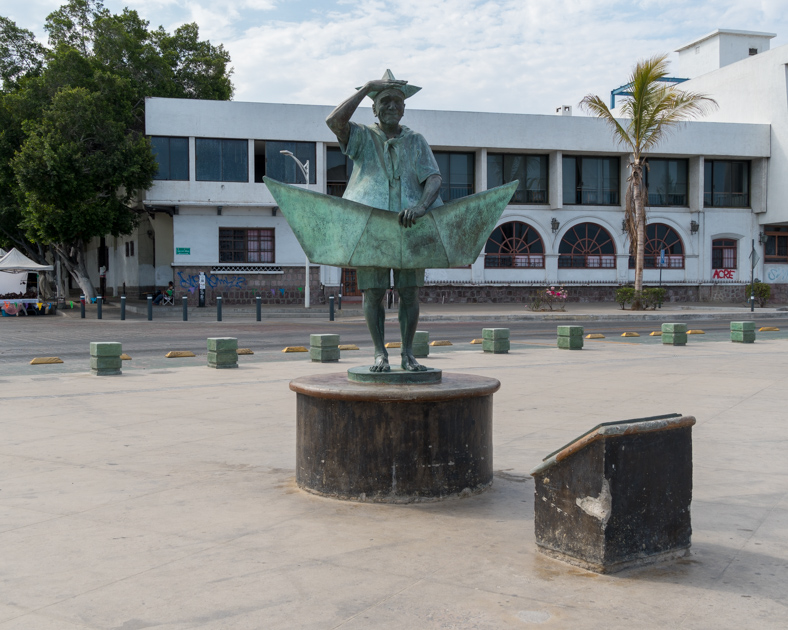
When the sun goes down, the breeze comes up, and the heat of the day subsides. This is when the Malecon comes alive no matter the day of the week. Patrons crowd into restaurants where the aroma of spiced grilled meat and other tasty bites waft from kitchens. Music blares from cars cruising along the road, causing a traffic jam, which the drivers seem to relish.
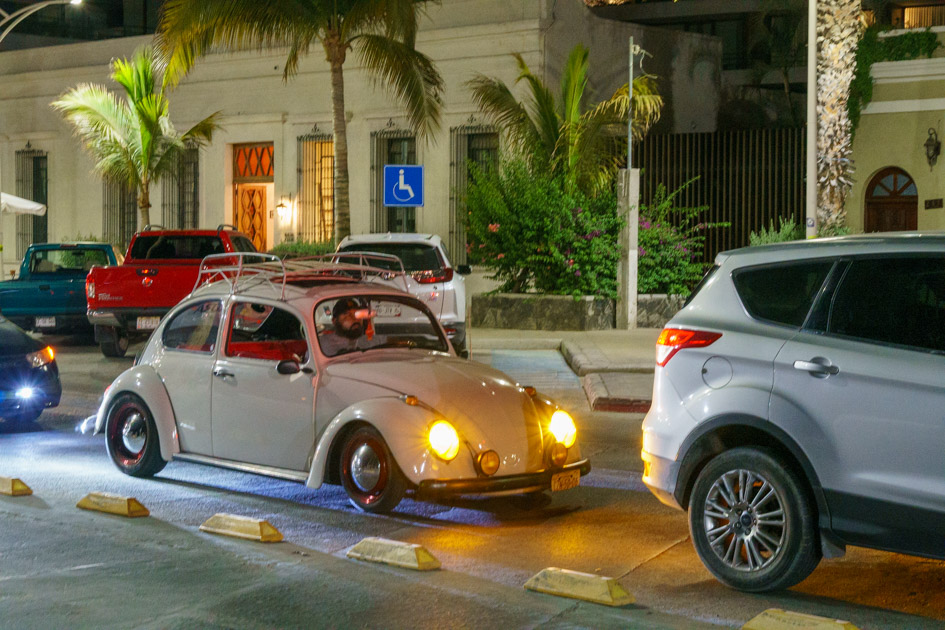
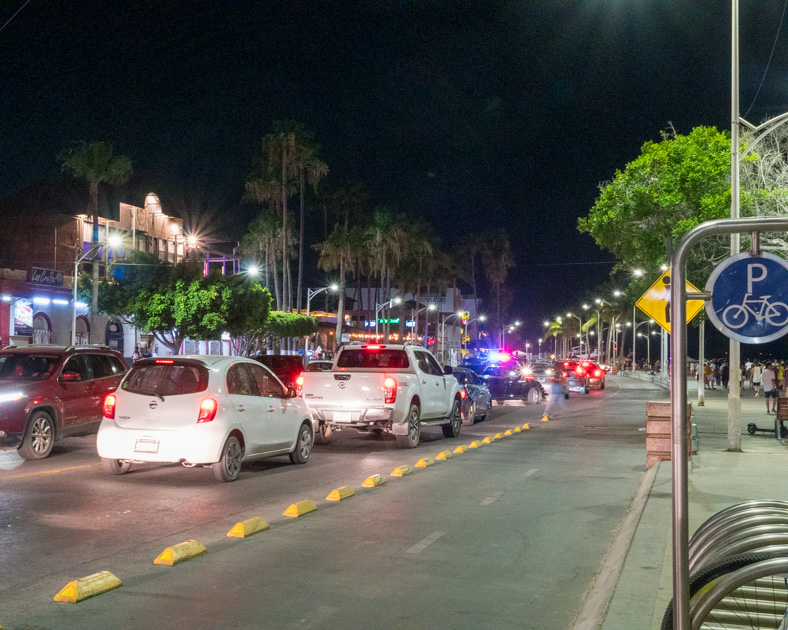
Kids and adults pedal rented carts or ride bicycles between the yellow bumpers and the curb. Families, teens, and grandparents, some with dogs, walk or jog along the concrete boardwalk, or find a bench to sit awhile. The temperature drops a few feet out on the pier, cooling our skin. And a few feet up on the top the kiosco we gain a different perspective of the scene.
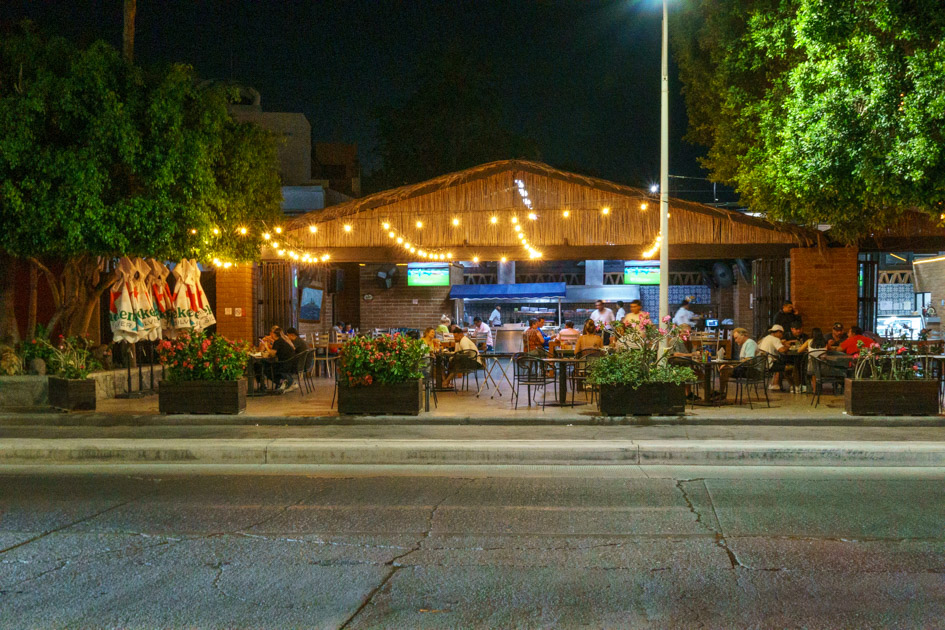
On one night, music blared from the Kiosco del Malecon. It was a “rap off” contest and some of the performers were quite talented.
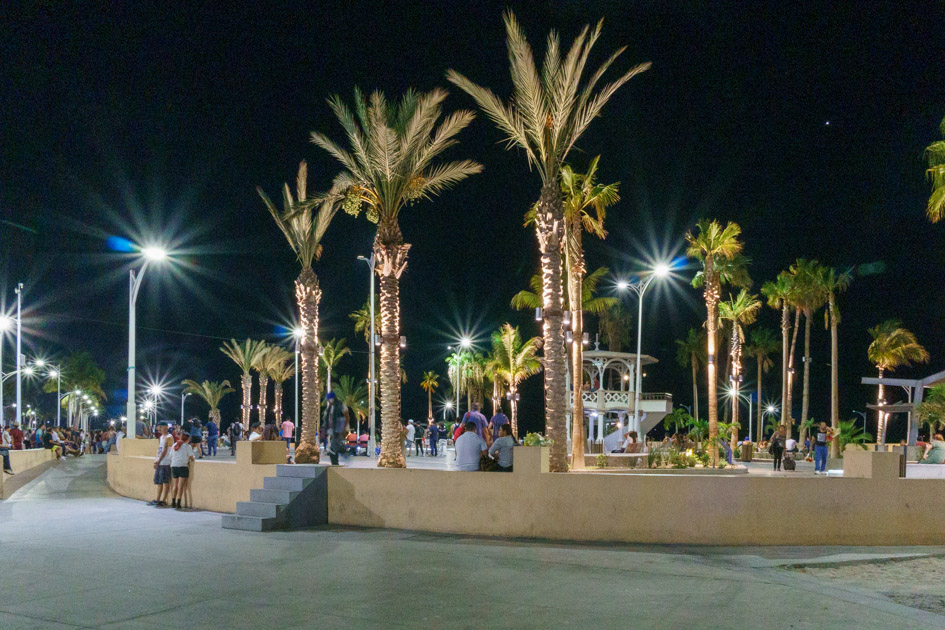

The sculpture below commemorates when Queen Elizabeth and Prince Phillip visited La Paz as part of their official visit to Mexico on February 22, 1983. Apparently, the pearl in the queen’s crown came from La Paz, which had a thriving pearl industry until commercial divers depleted the oyster beds. And then by 1941, there were none.
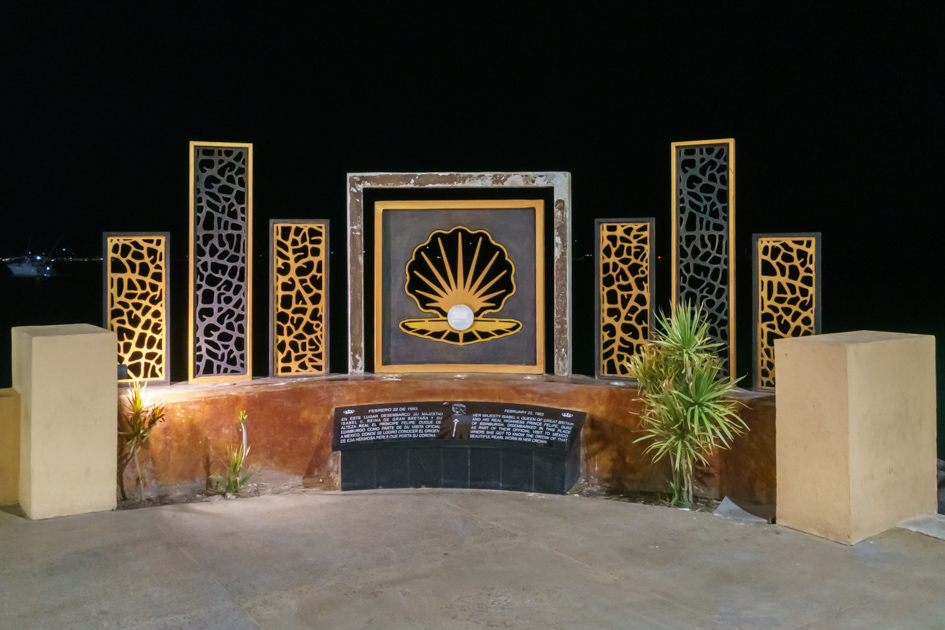

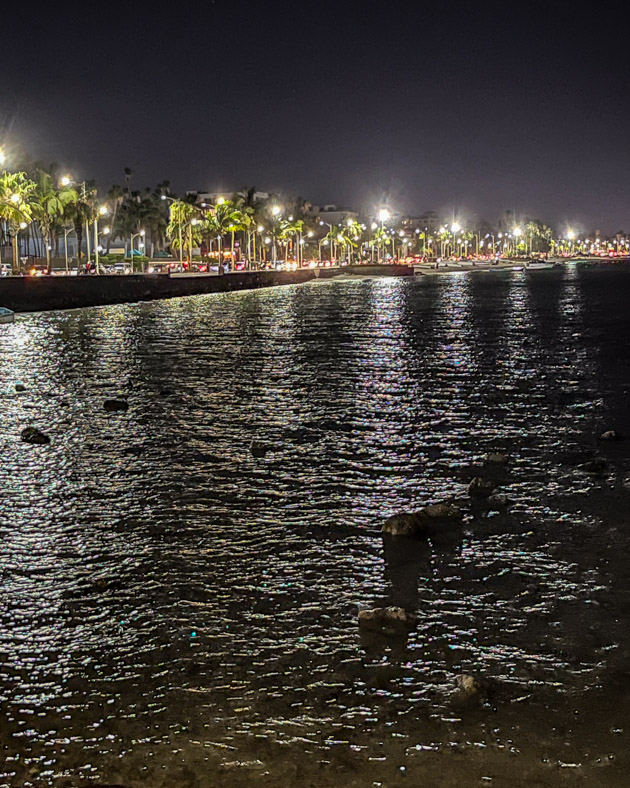
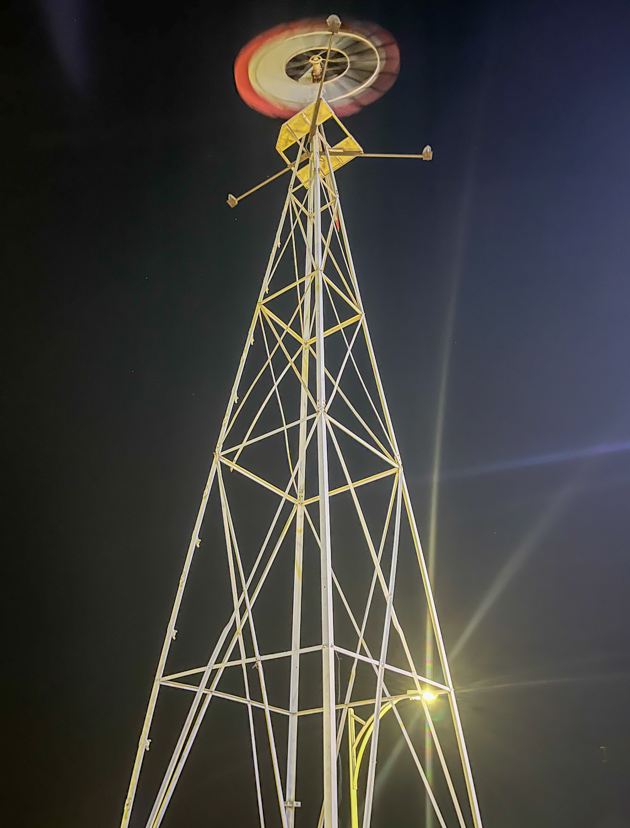
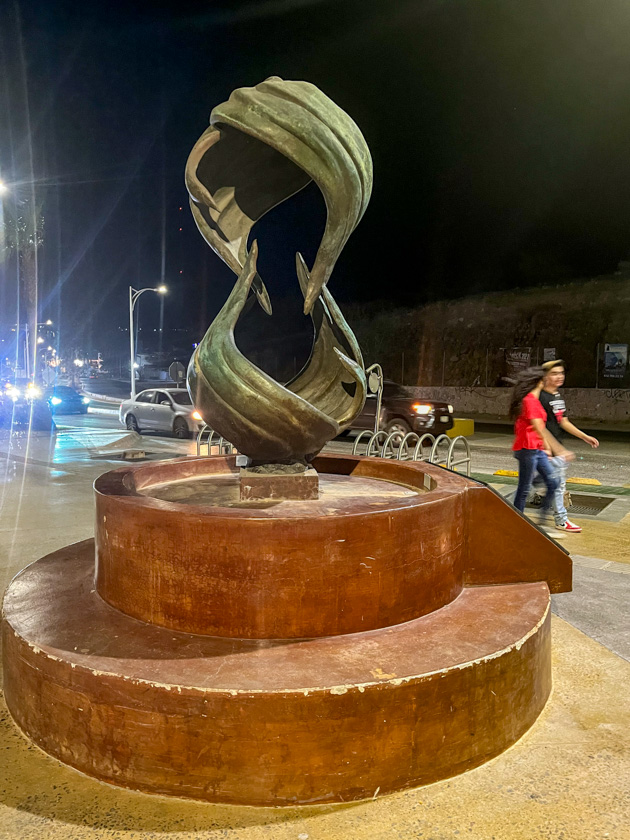
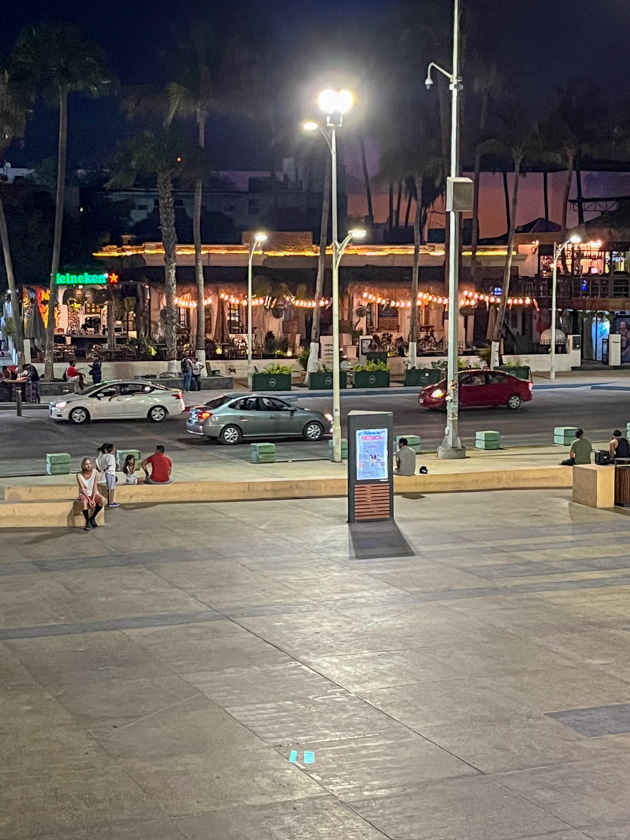
On another night, a game of rollerblade broomball was in progress. The players expressed their joy with lots of laughter and smiles.
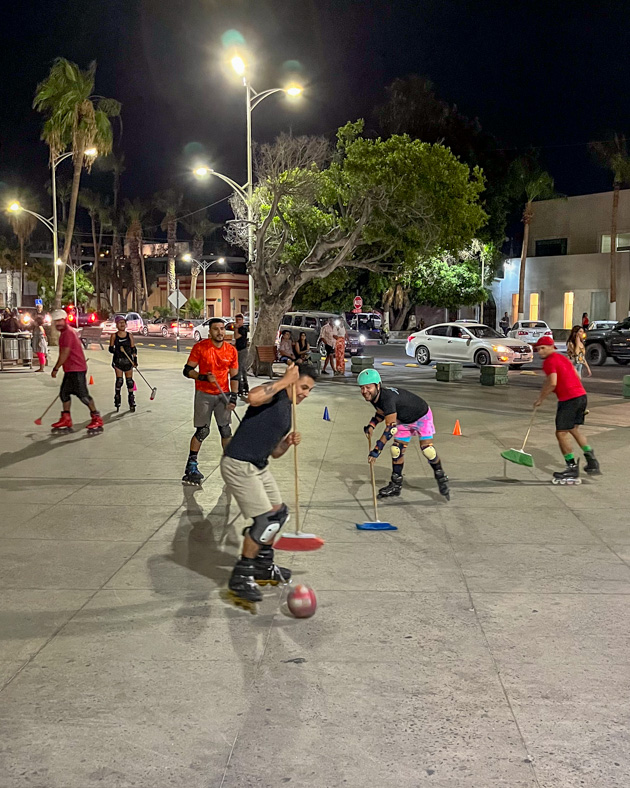
On our last night in La Paz, we searched for something fun to do. So we rented two bikes and two carts and rode up and down most of the 3.5 miles of the Malecon. I felt like a little kid. With the warm wind in my face I pedaled along, dodging bicyclists and joggers, and stopping for pedestrians in crosswalks.
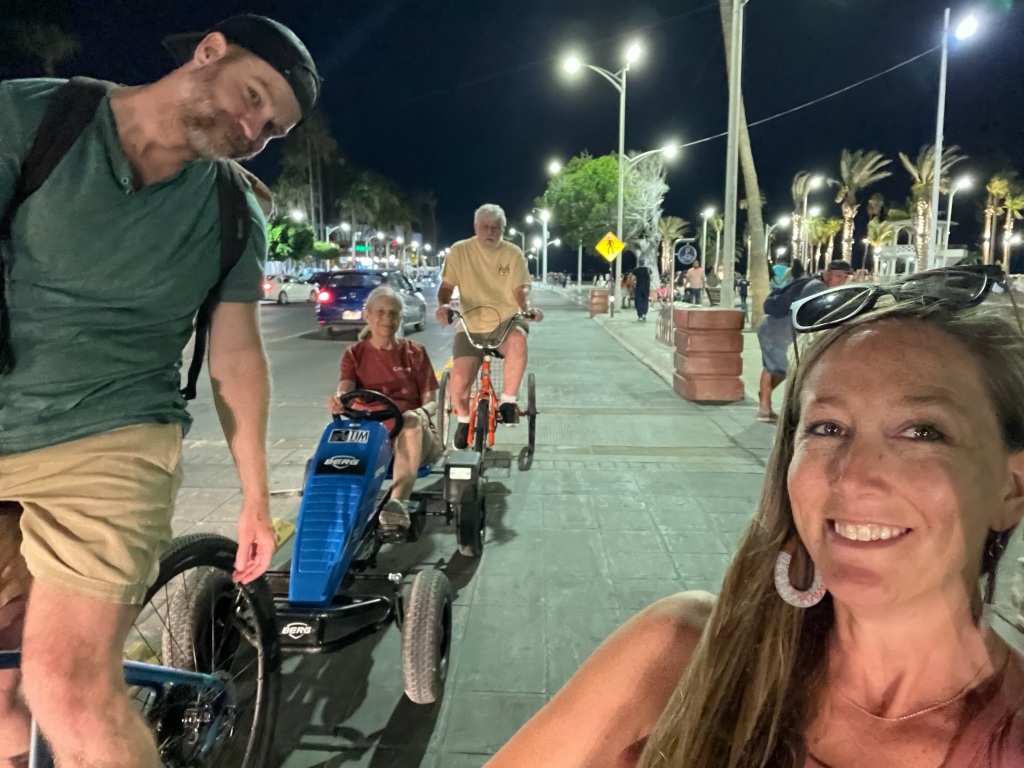
Can you tell we had fun? The Malecon was one big family party for tourists and locals alike that energized me every night we joined the chaos.
Next up: A guided hike, breakfast, and beach time; a sunset sail; art and anthropology museums; sights seen about town; and restaurants. This will take two or three more parts.
Safe Travels

